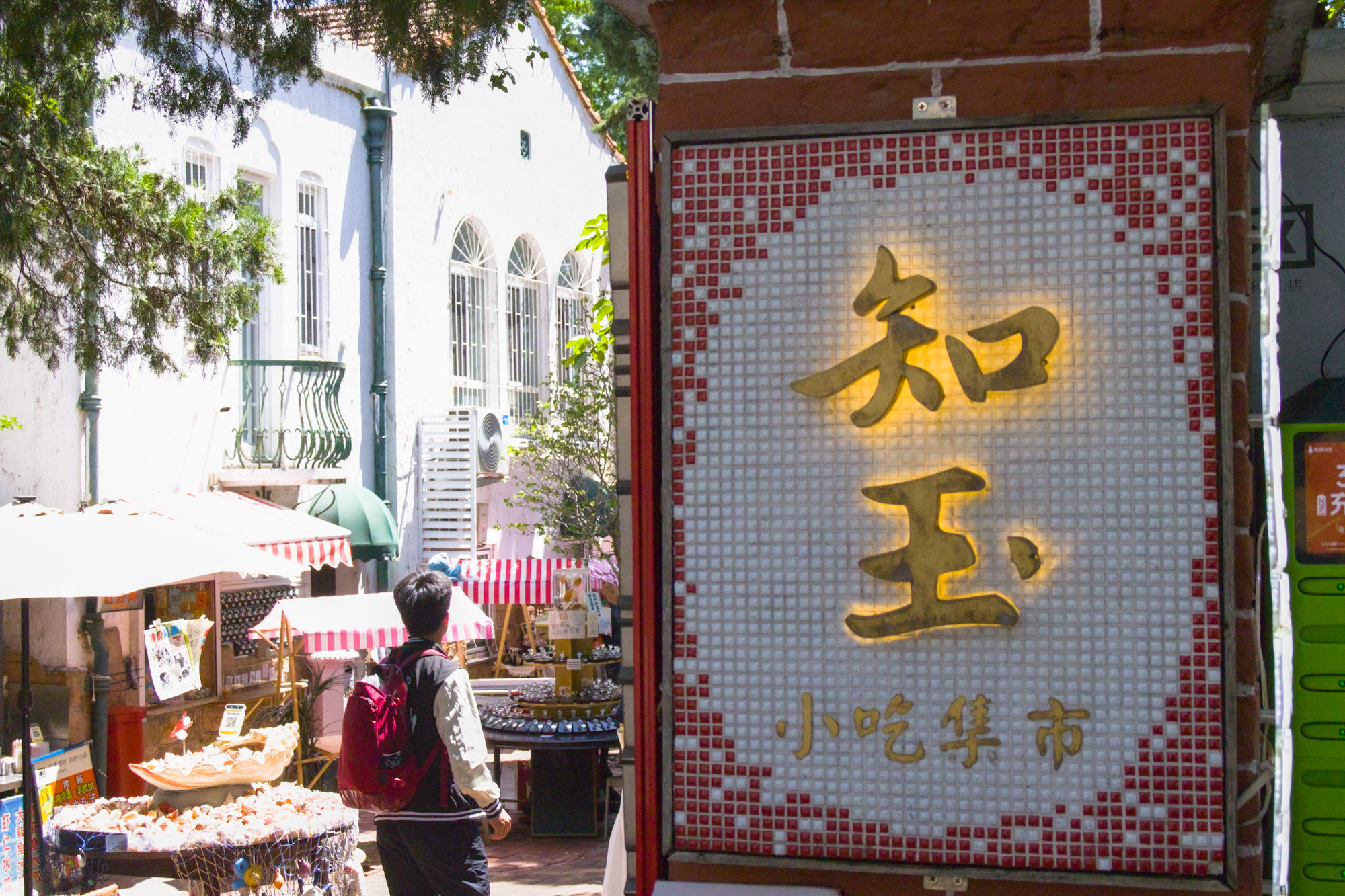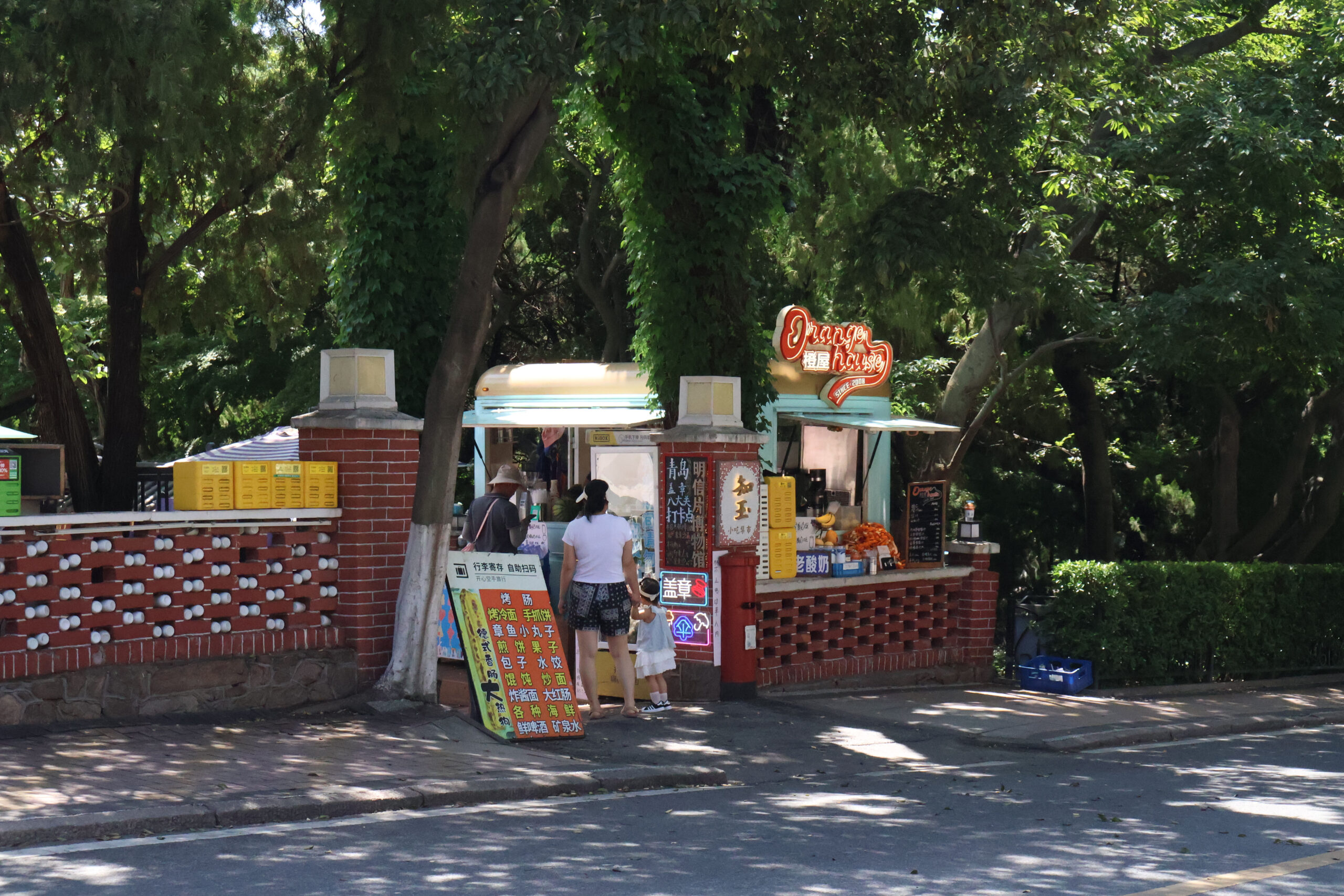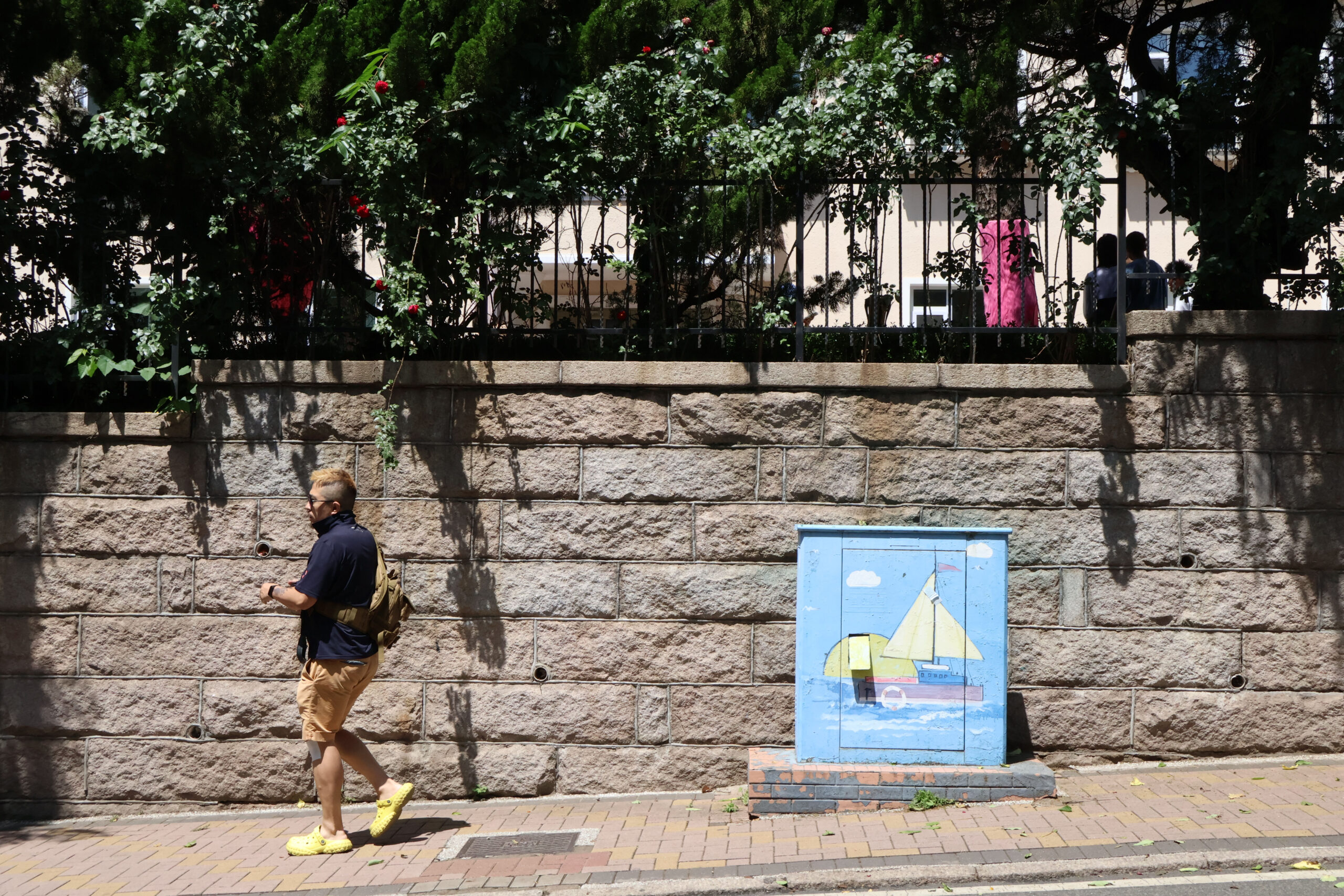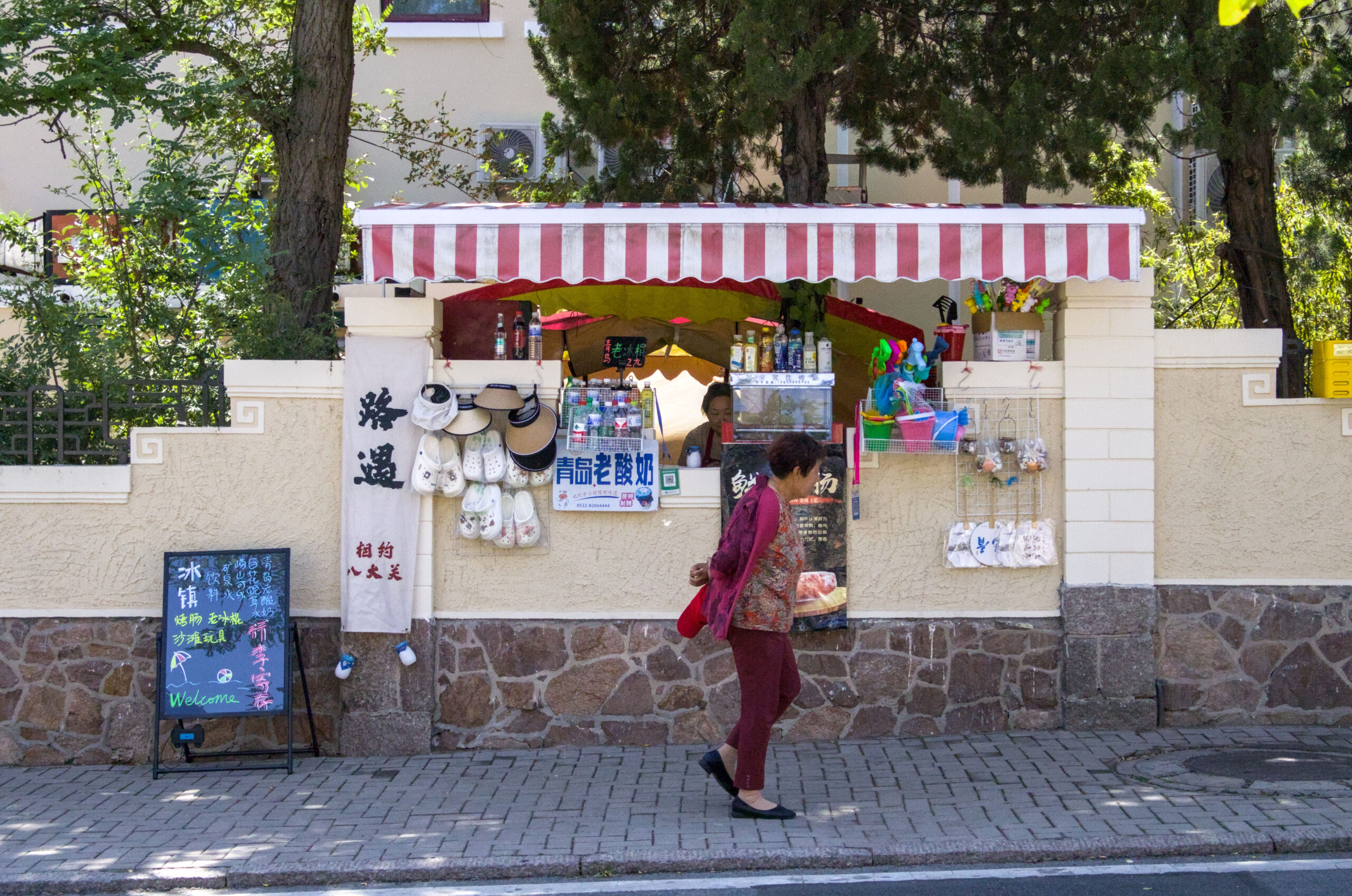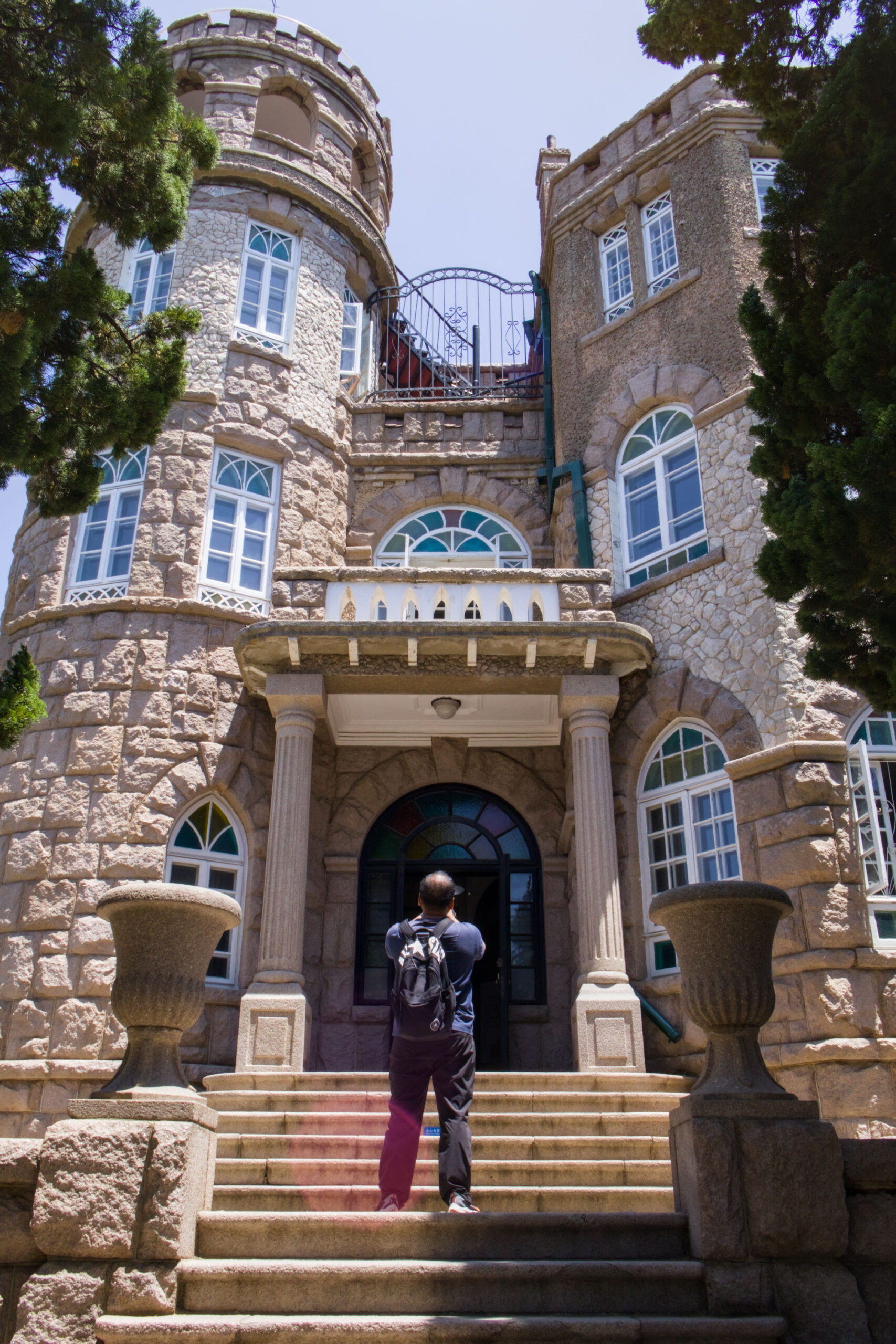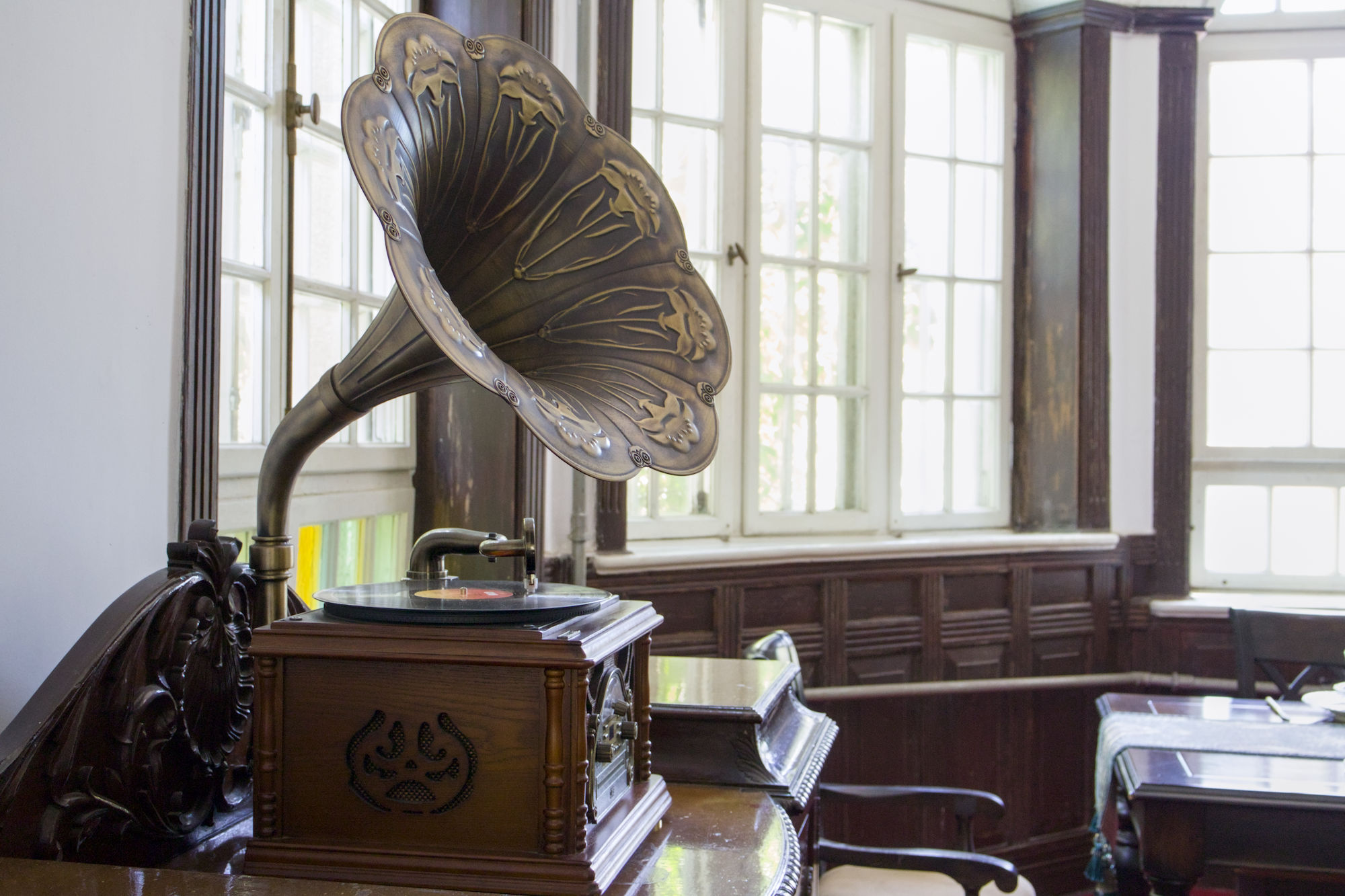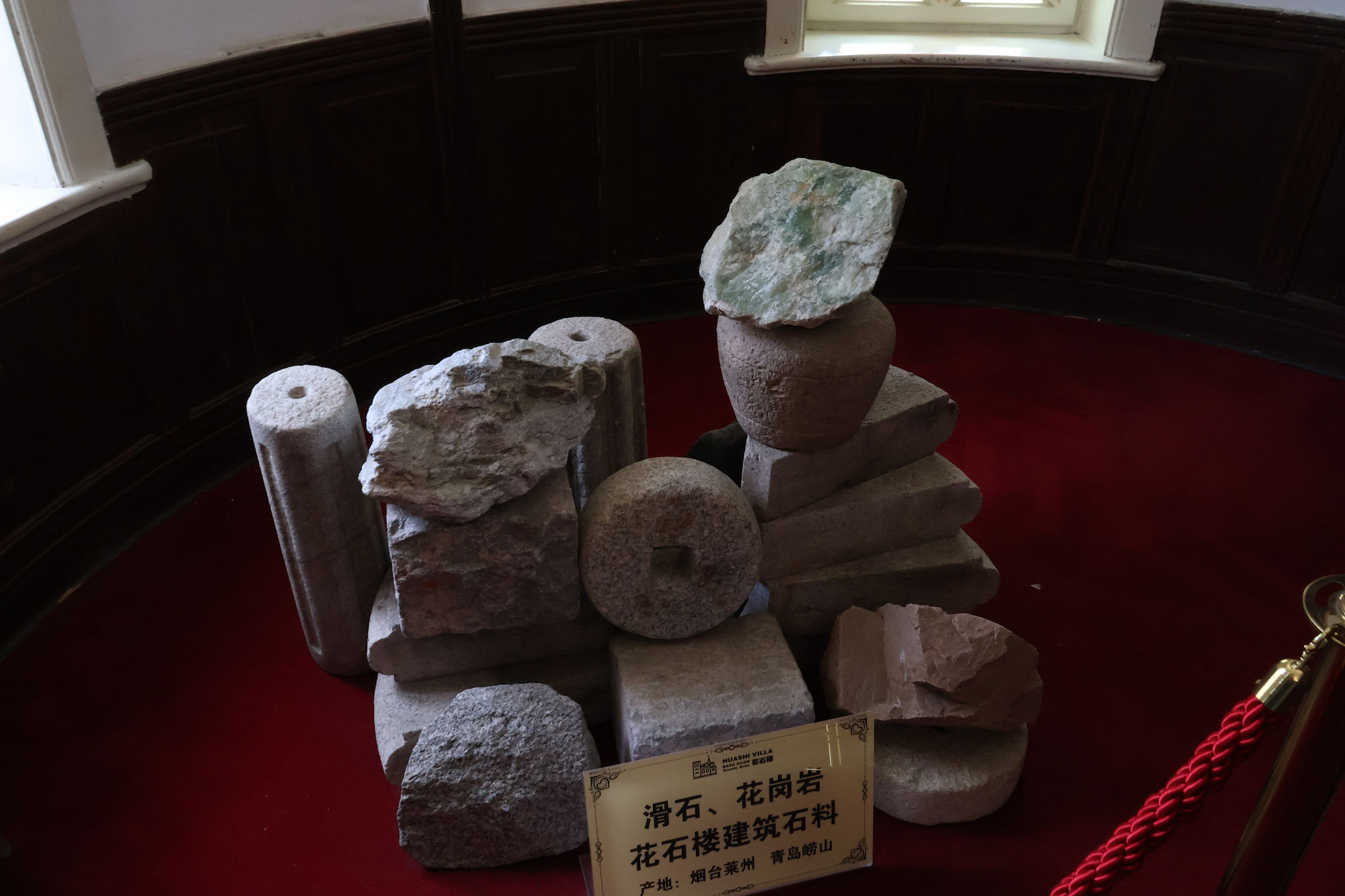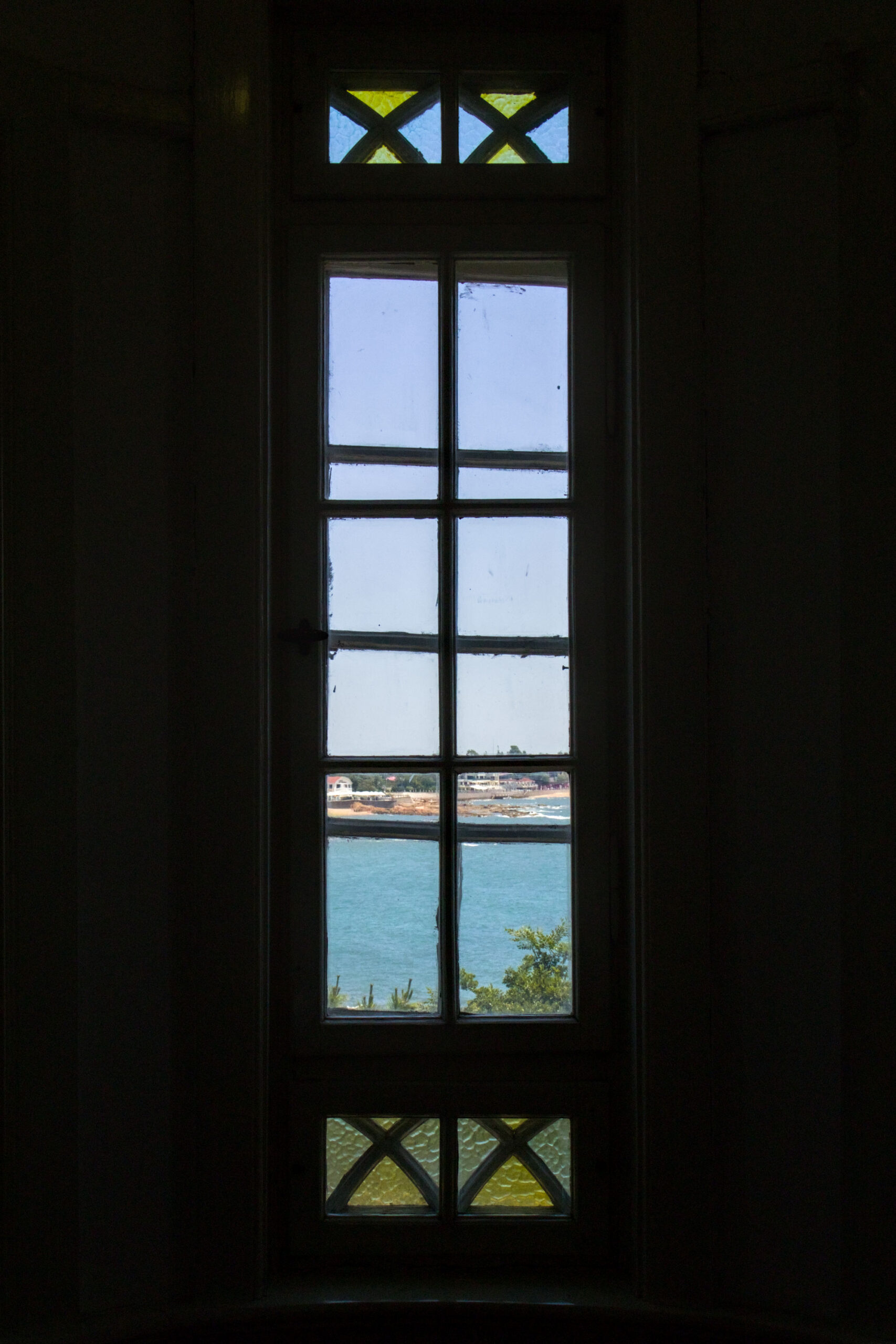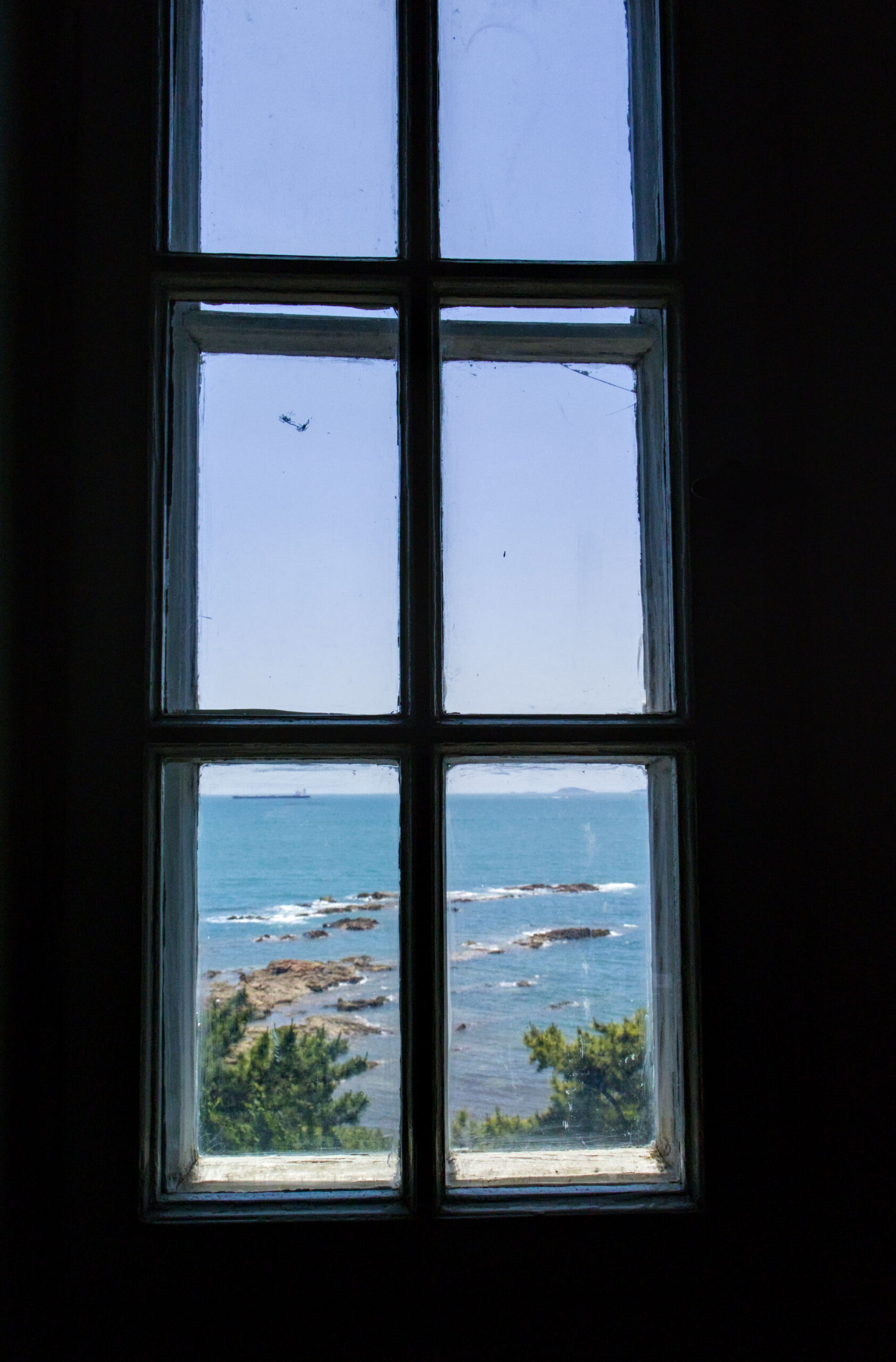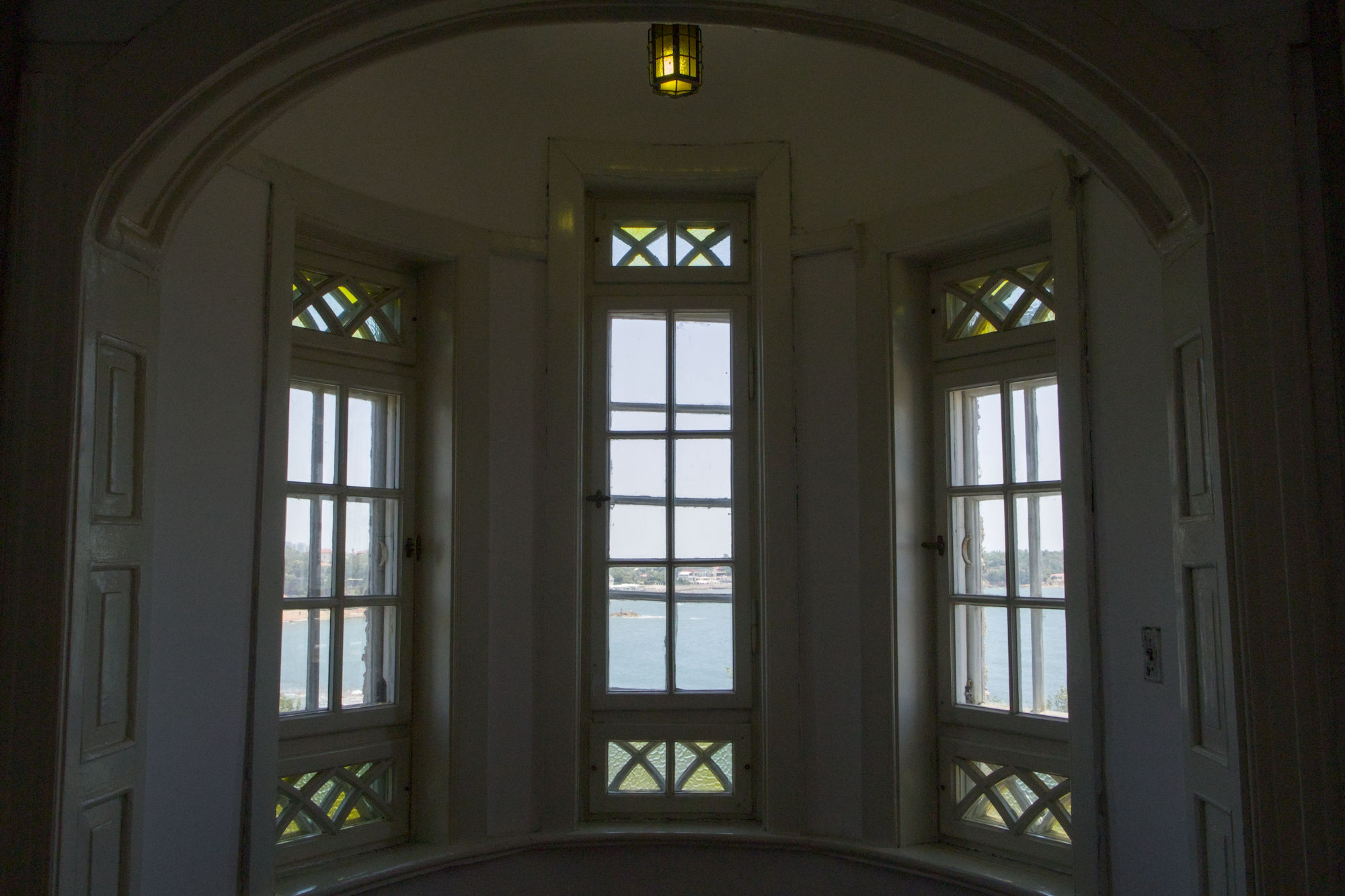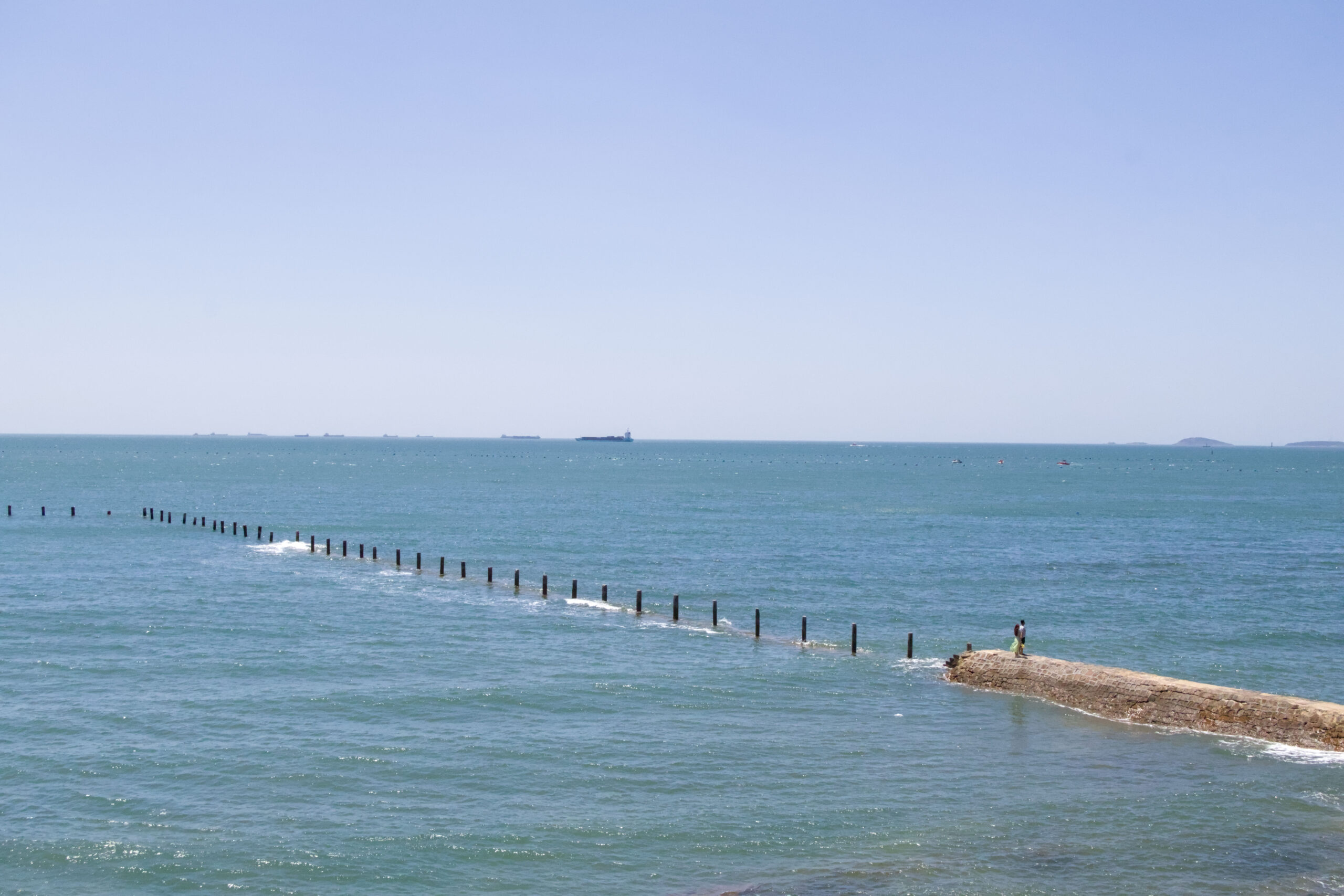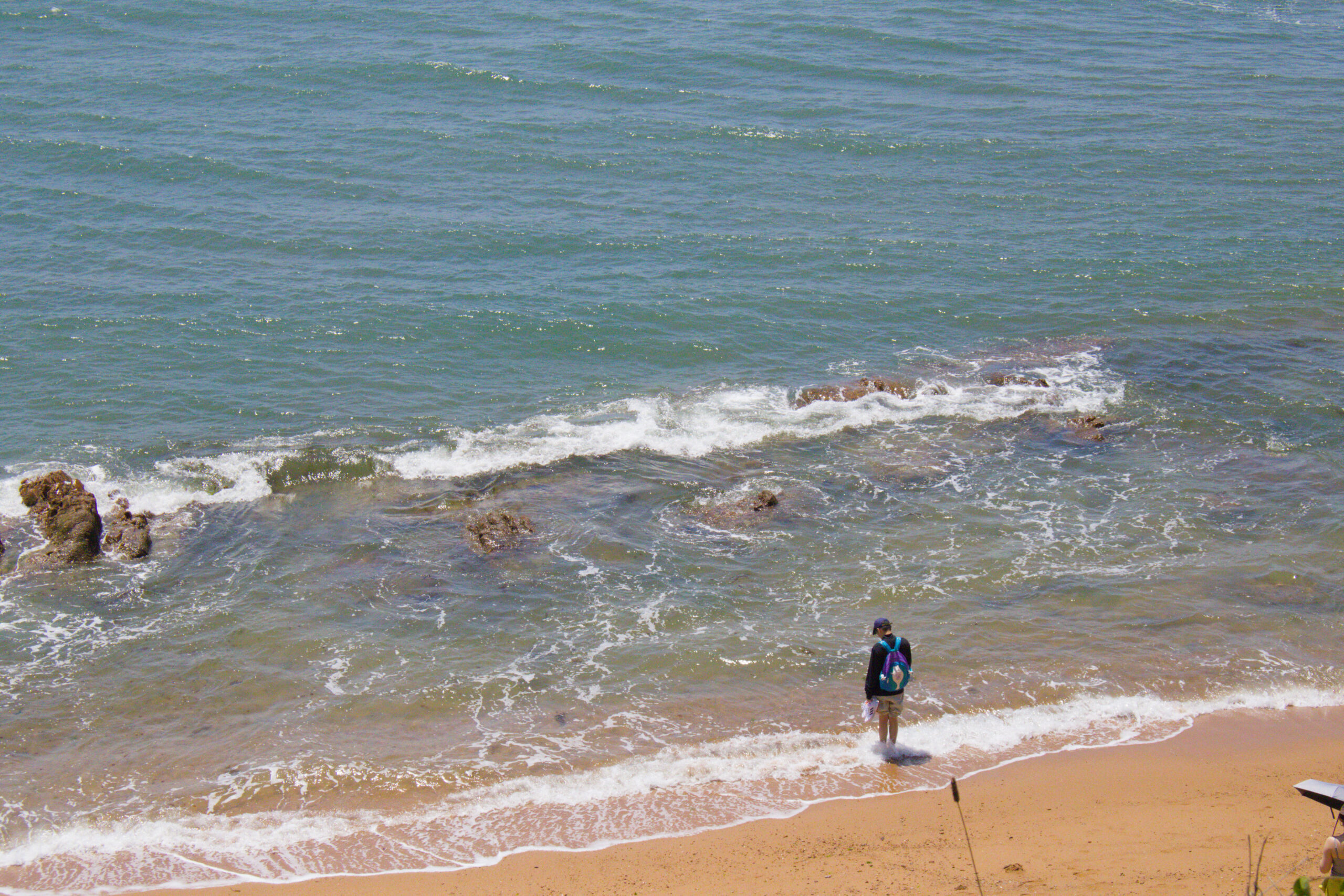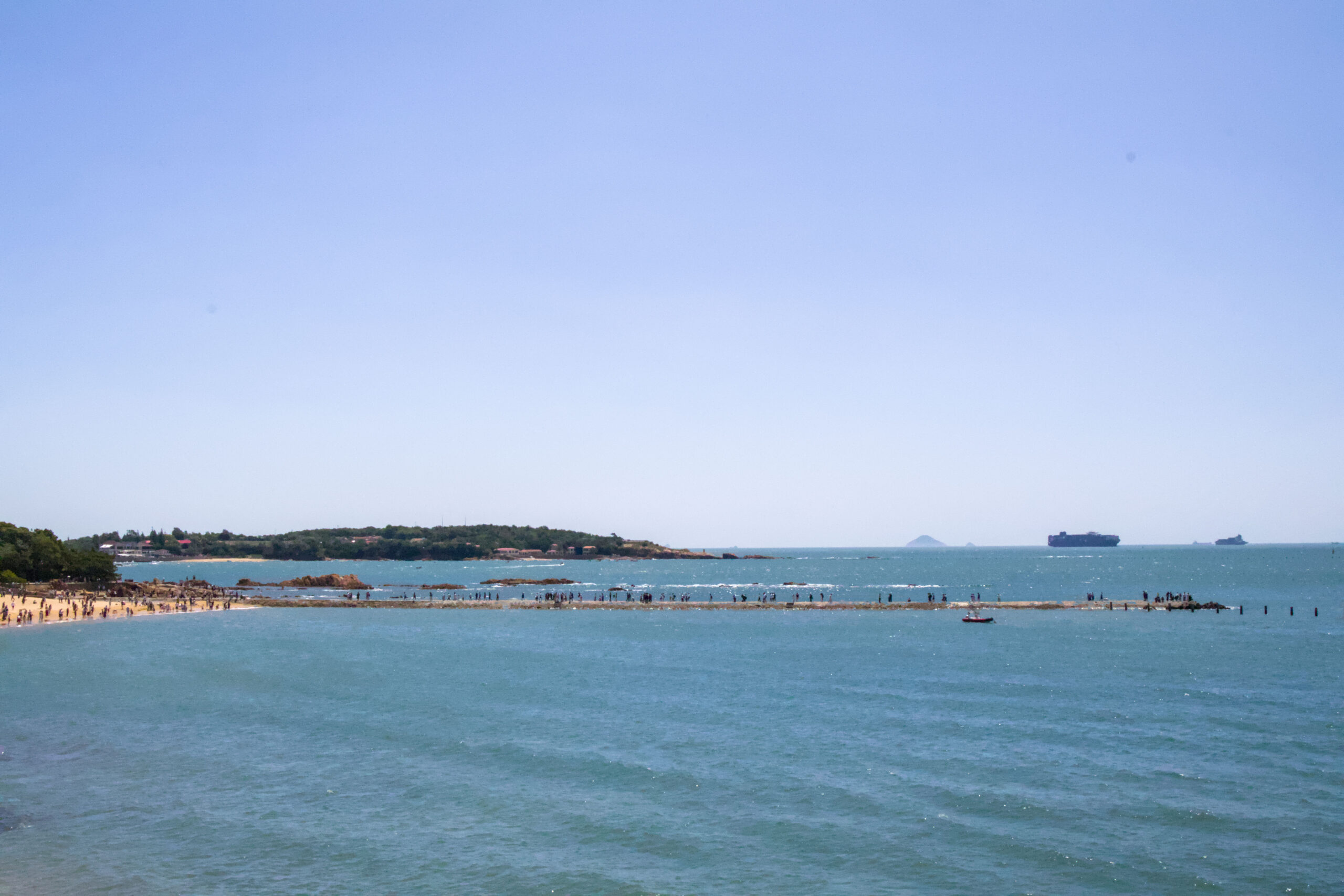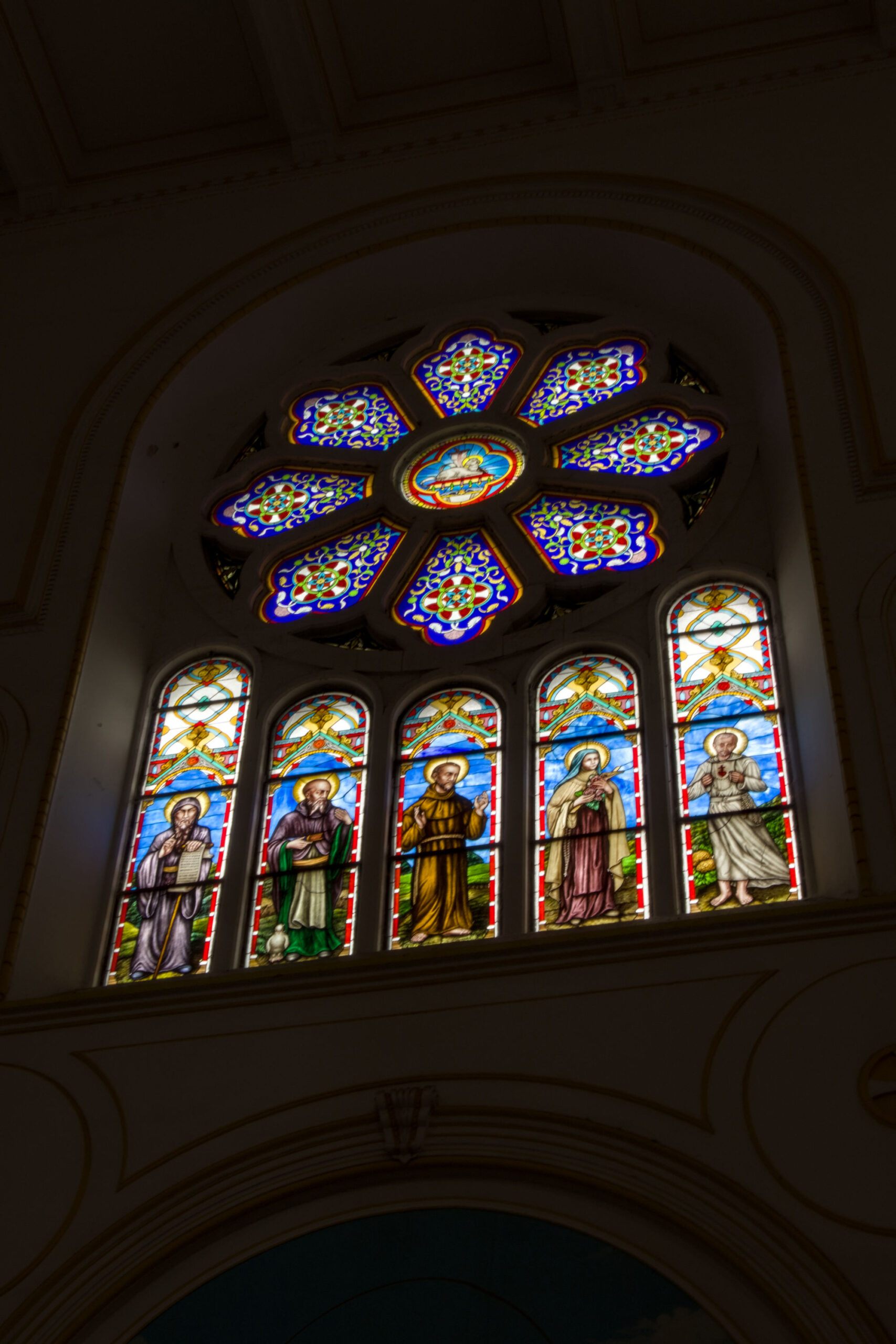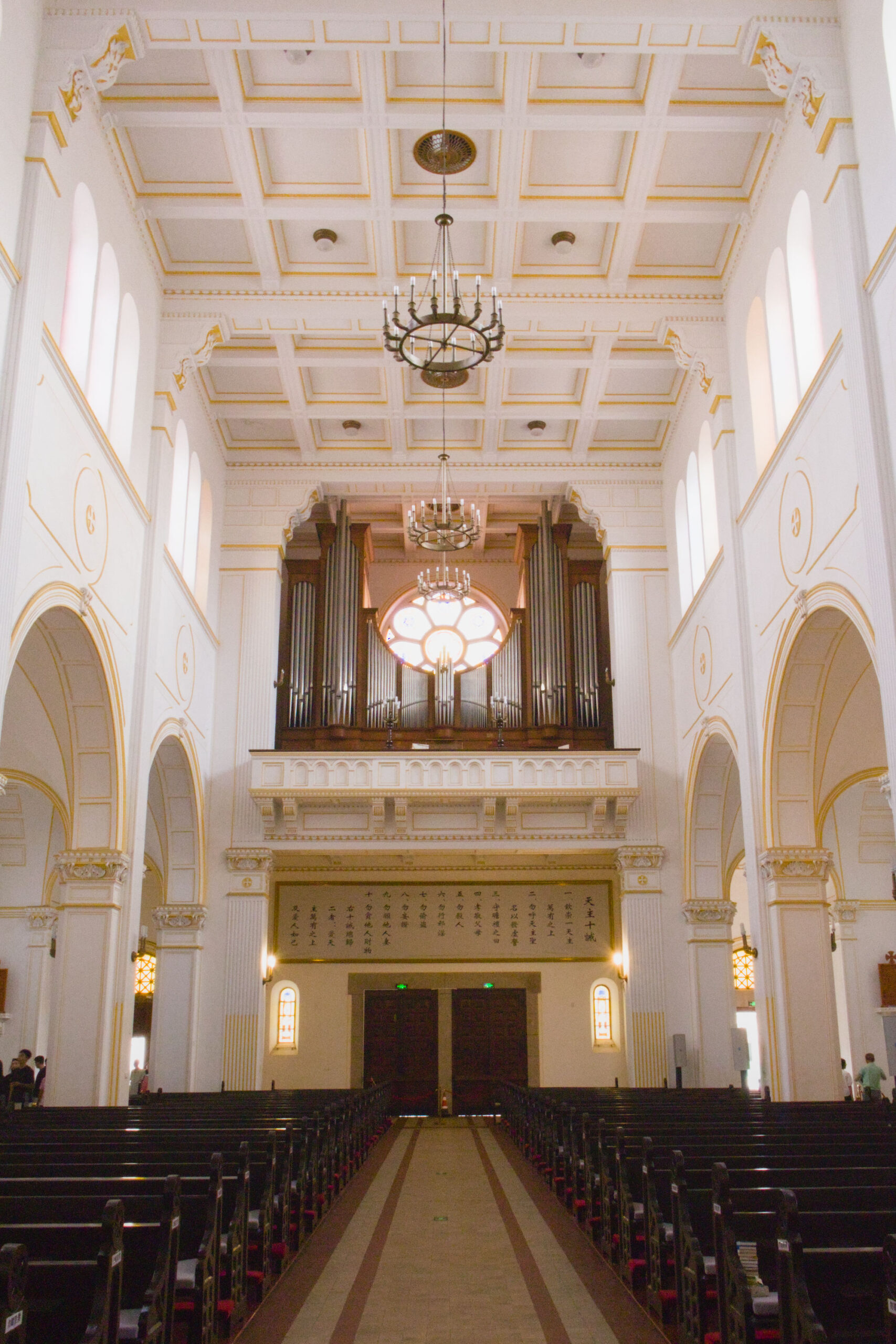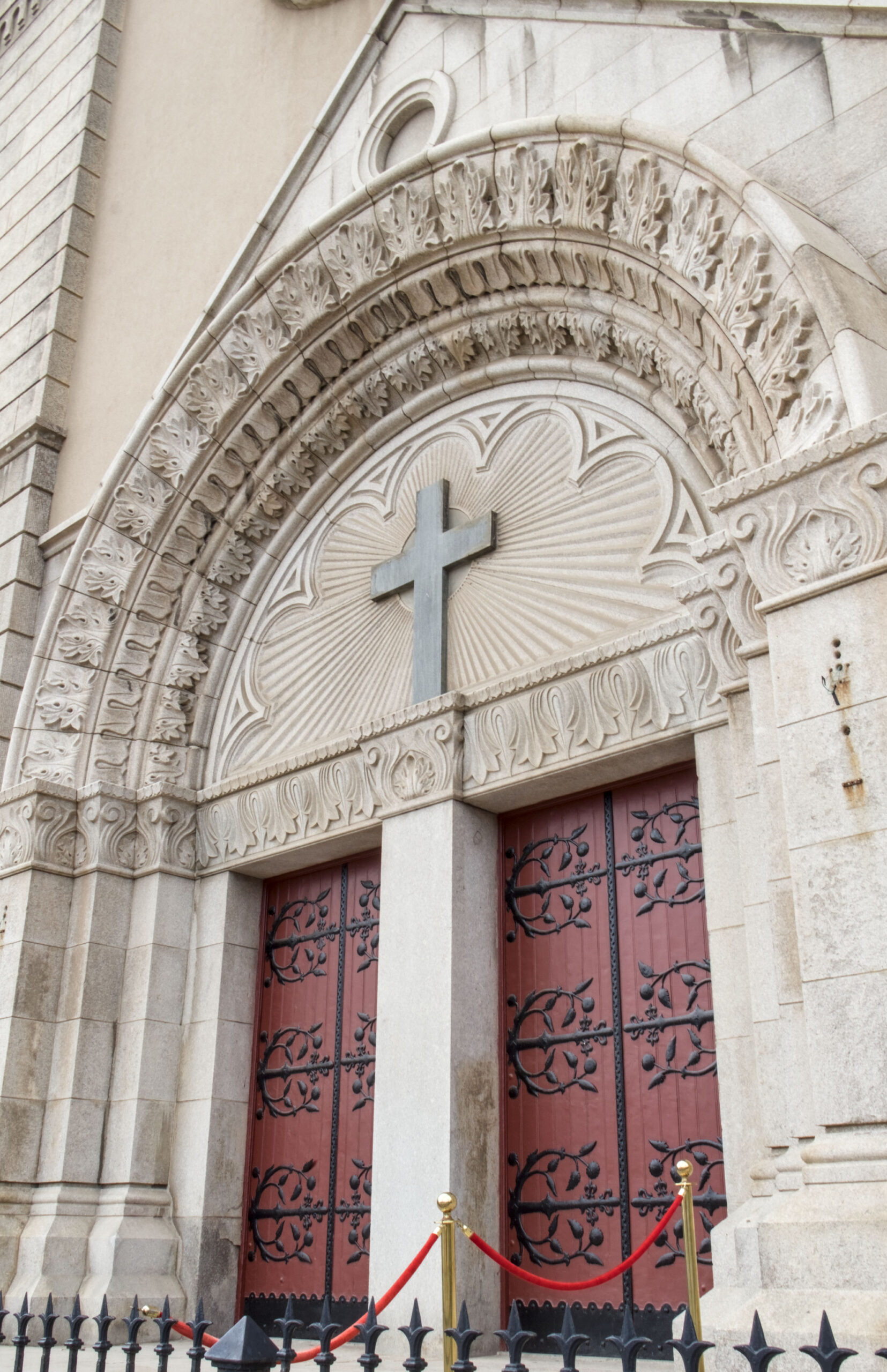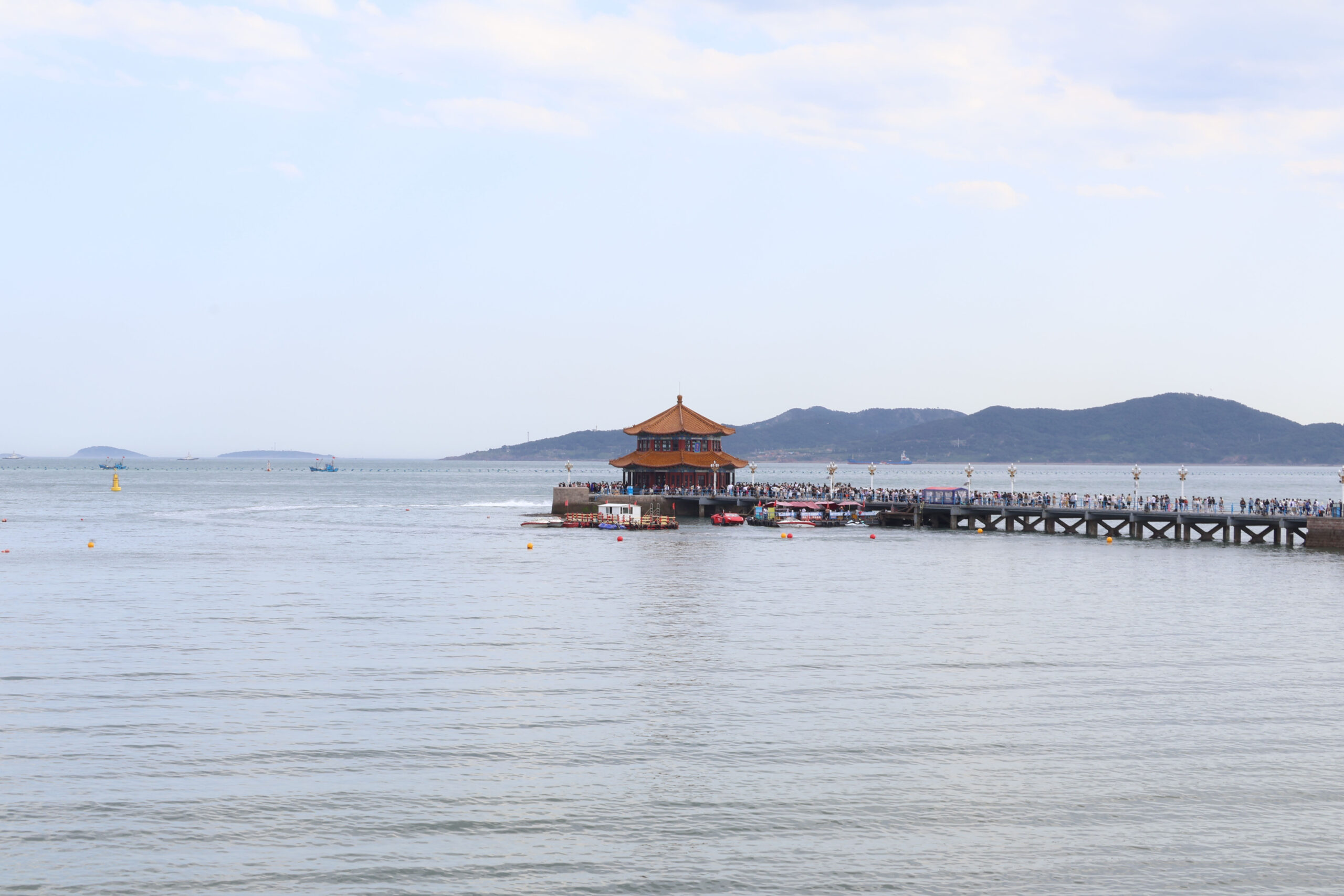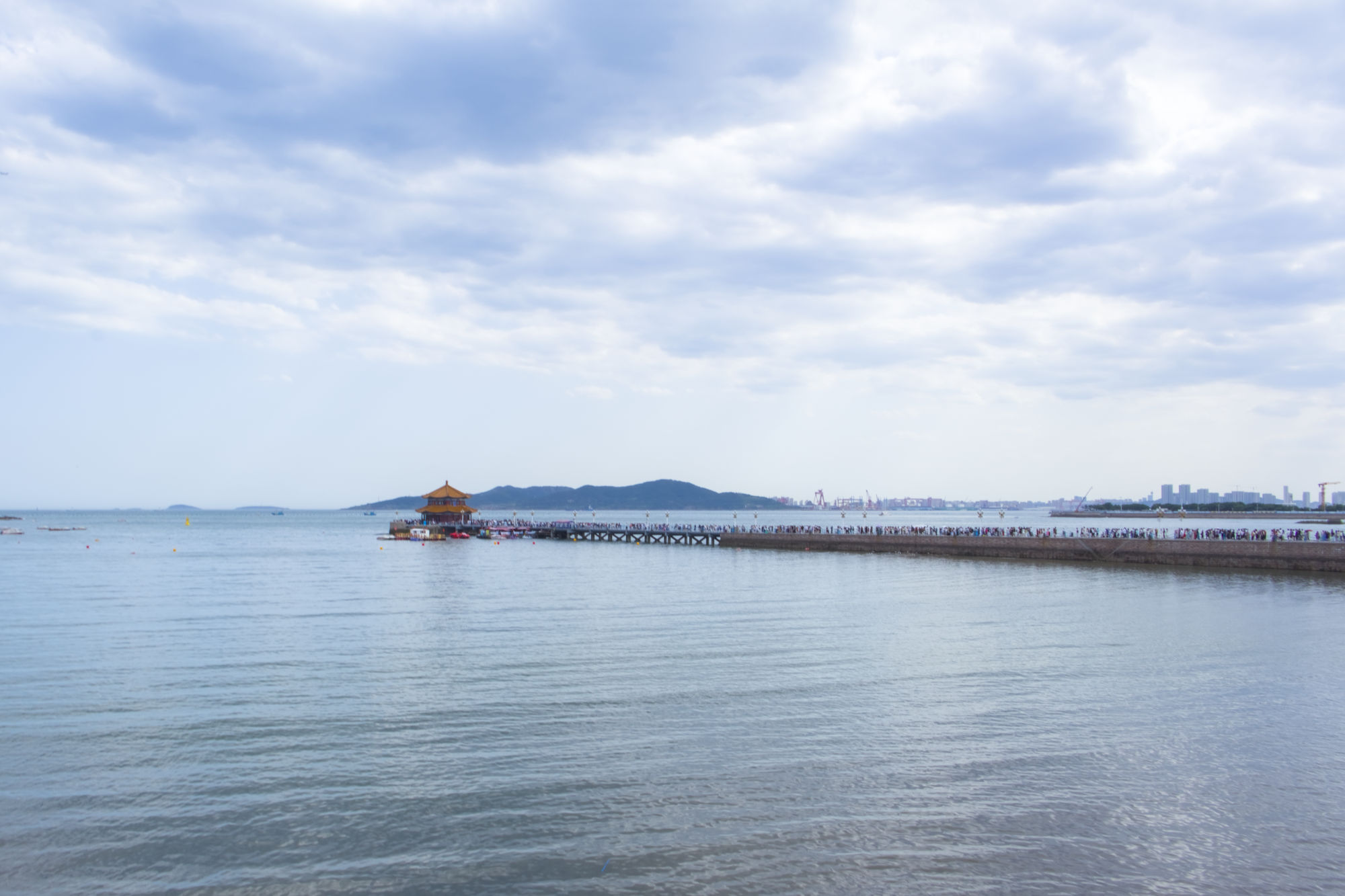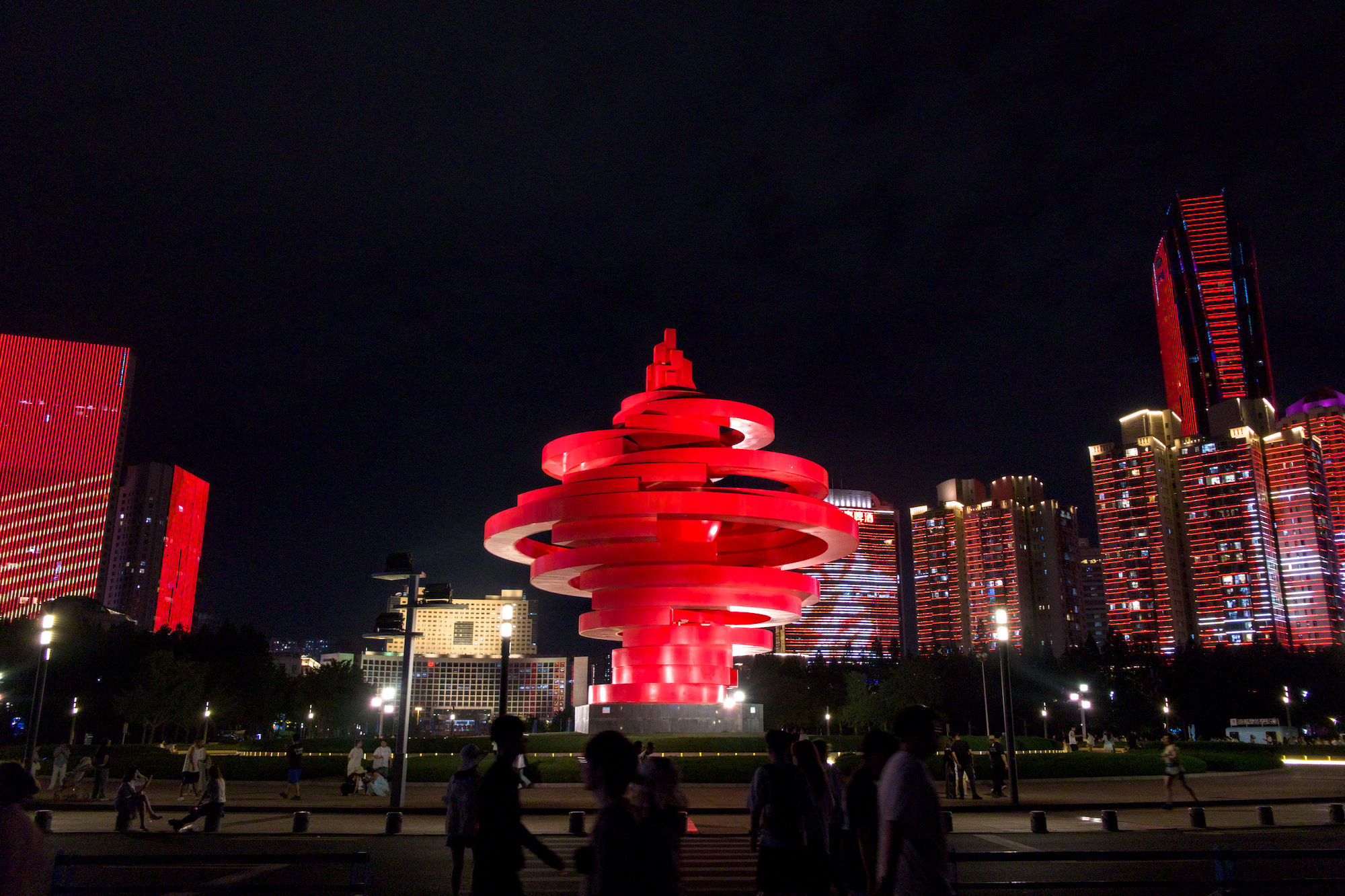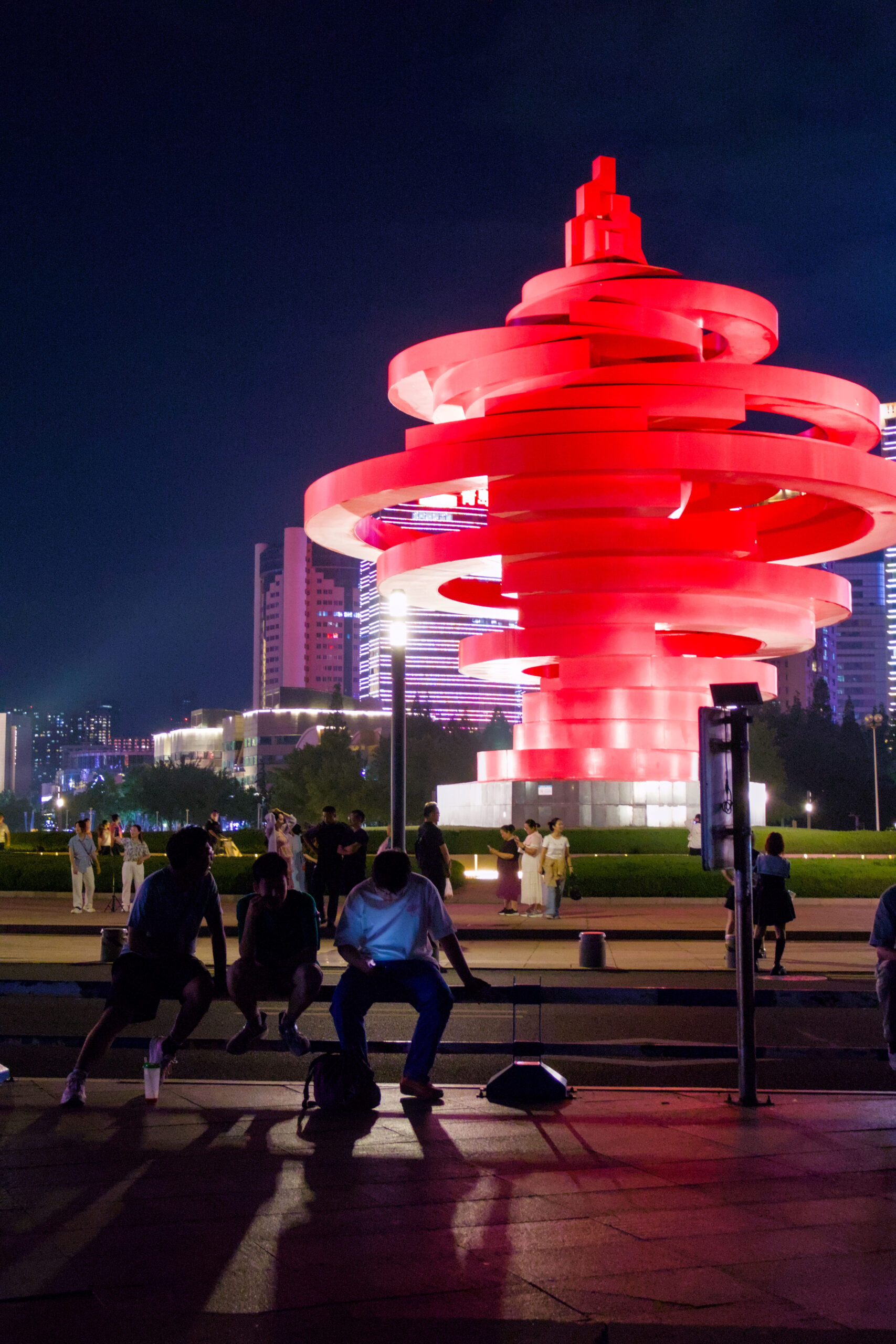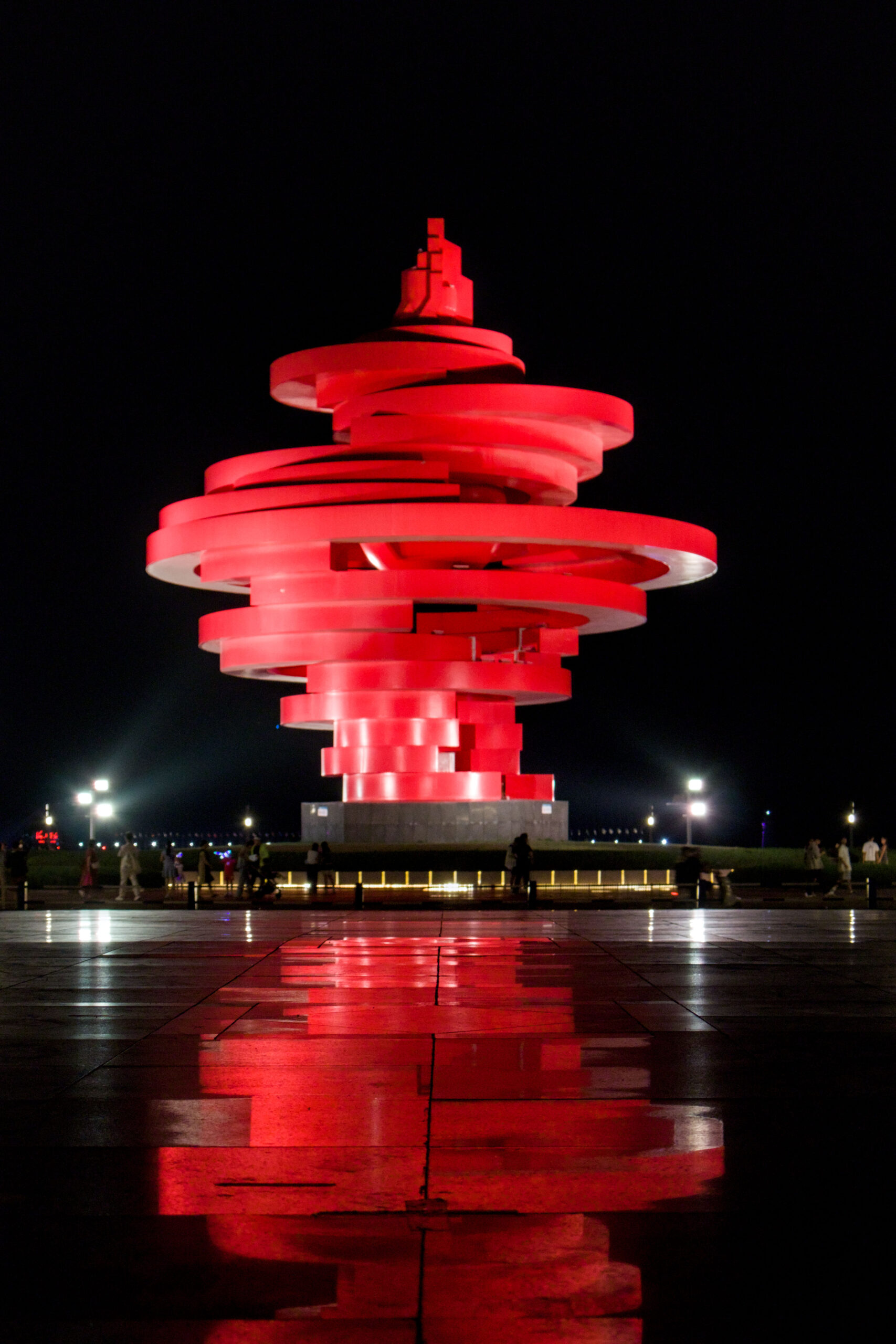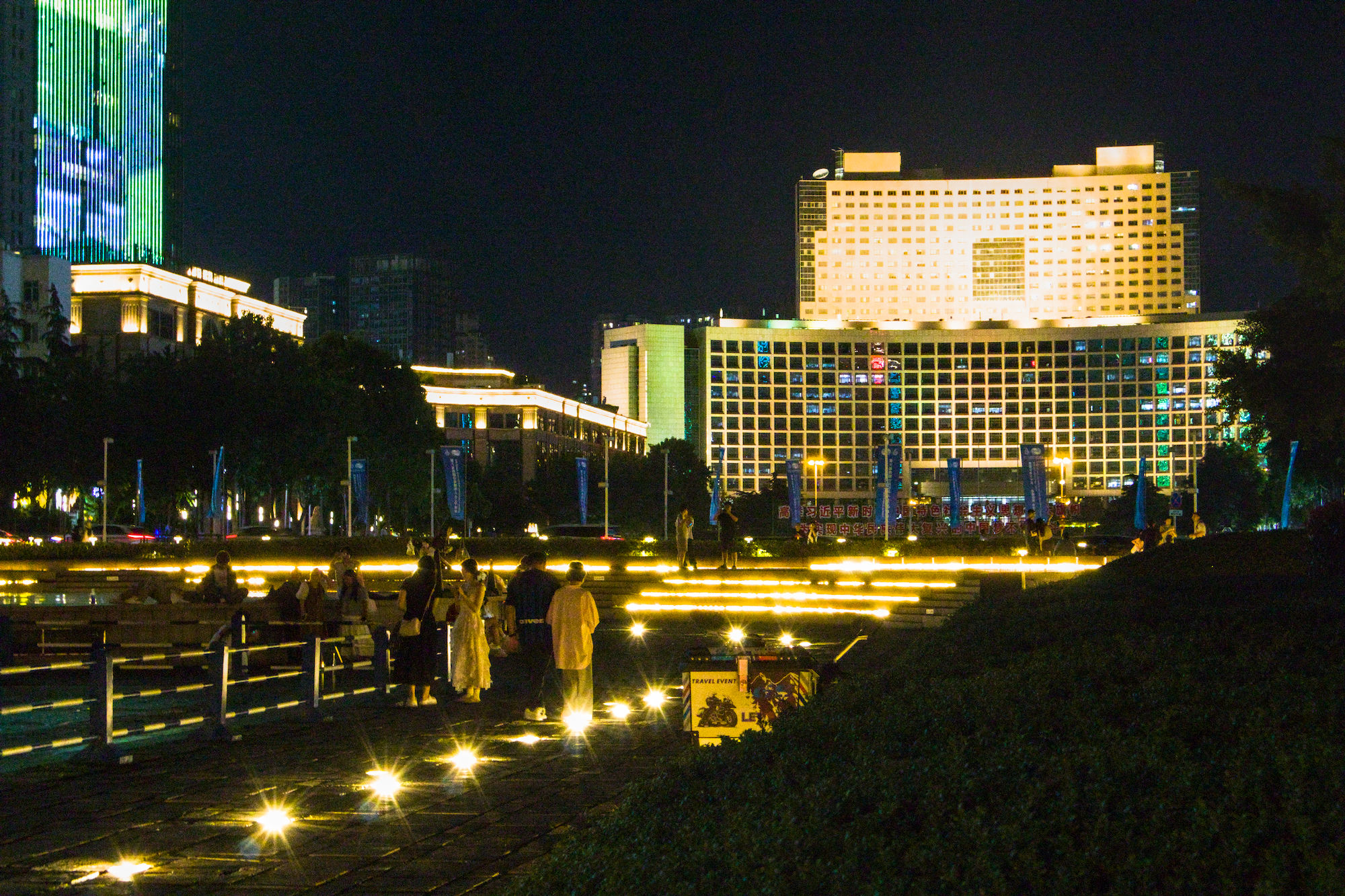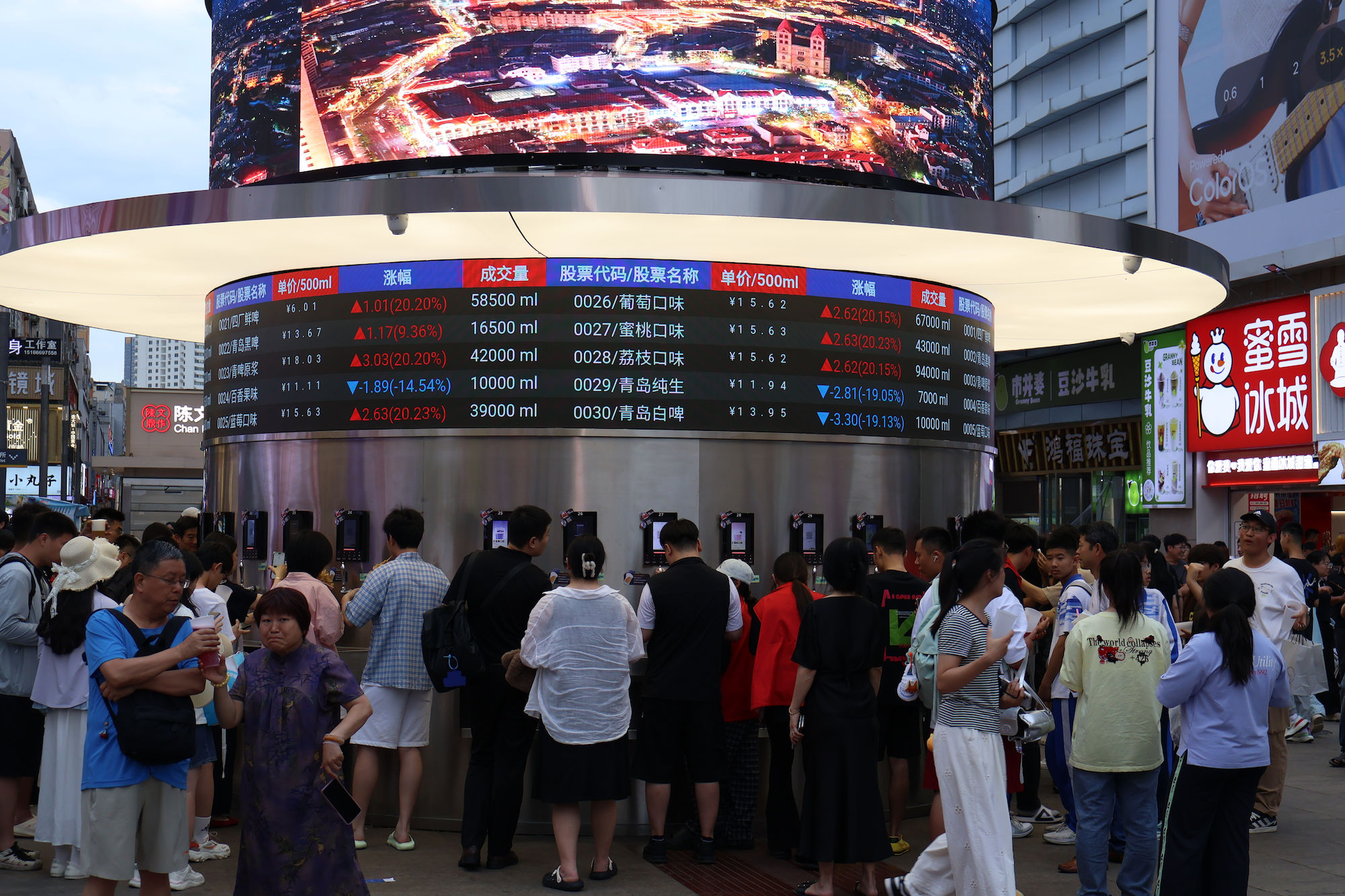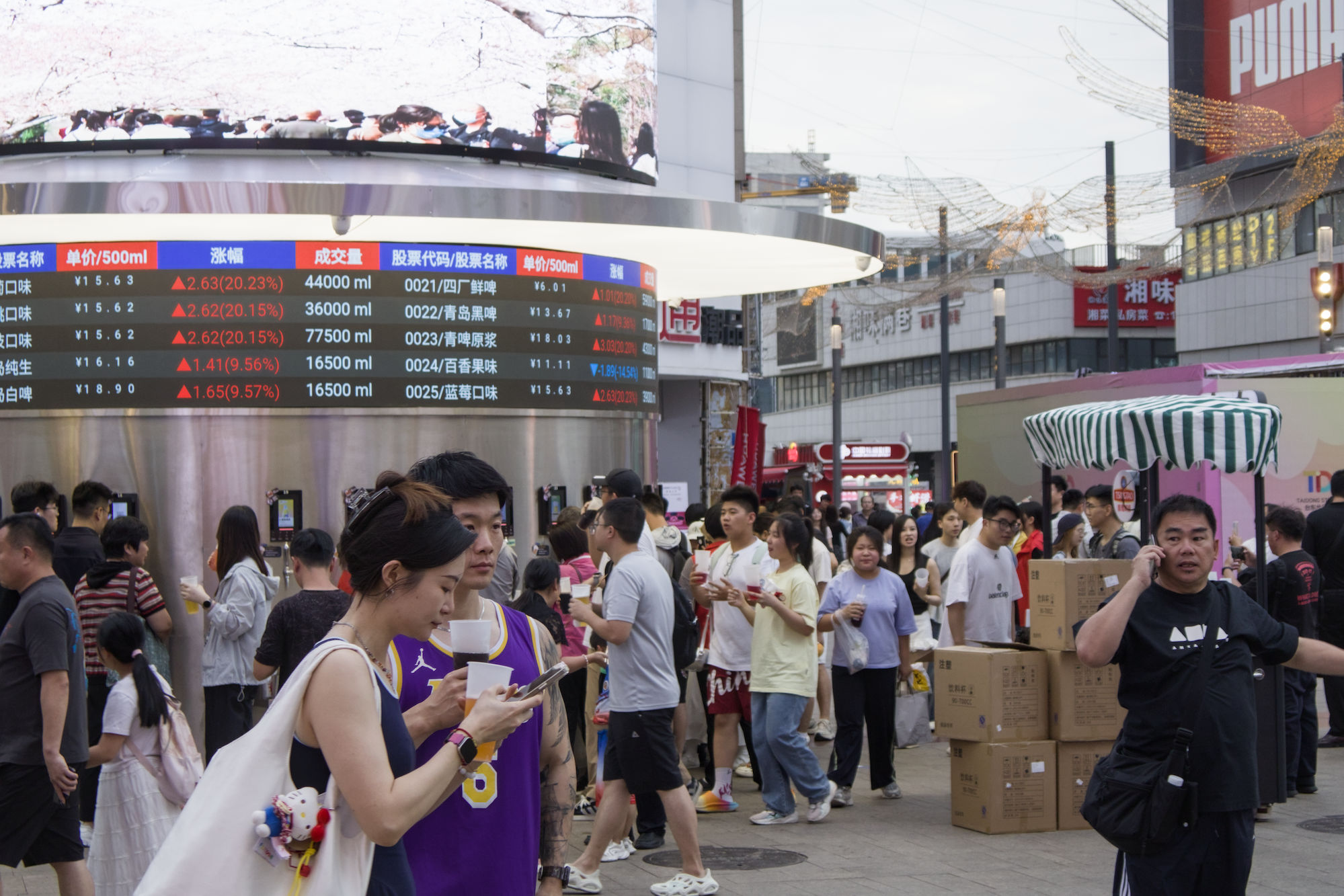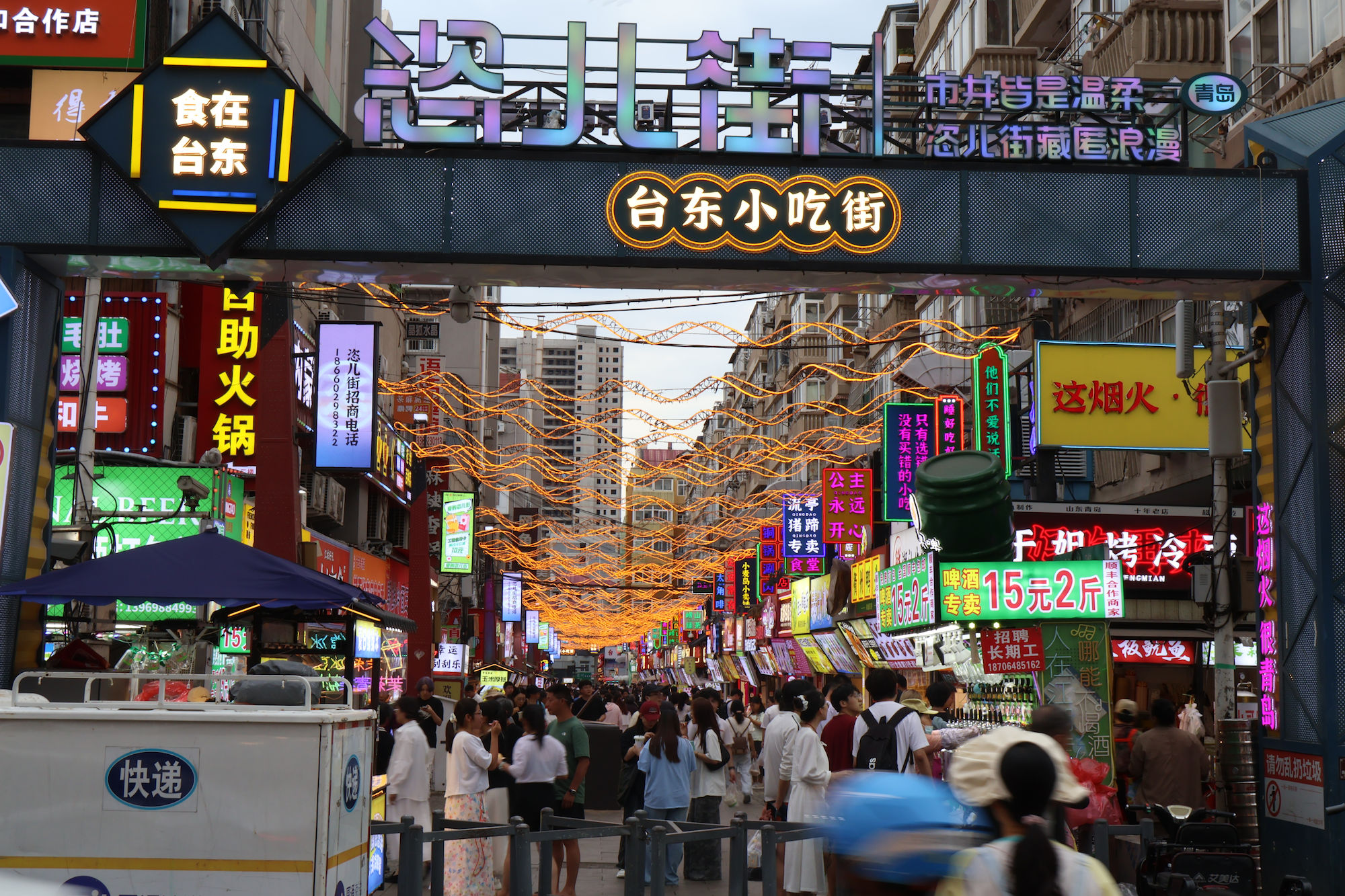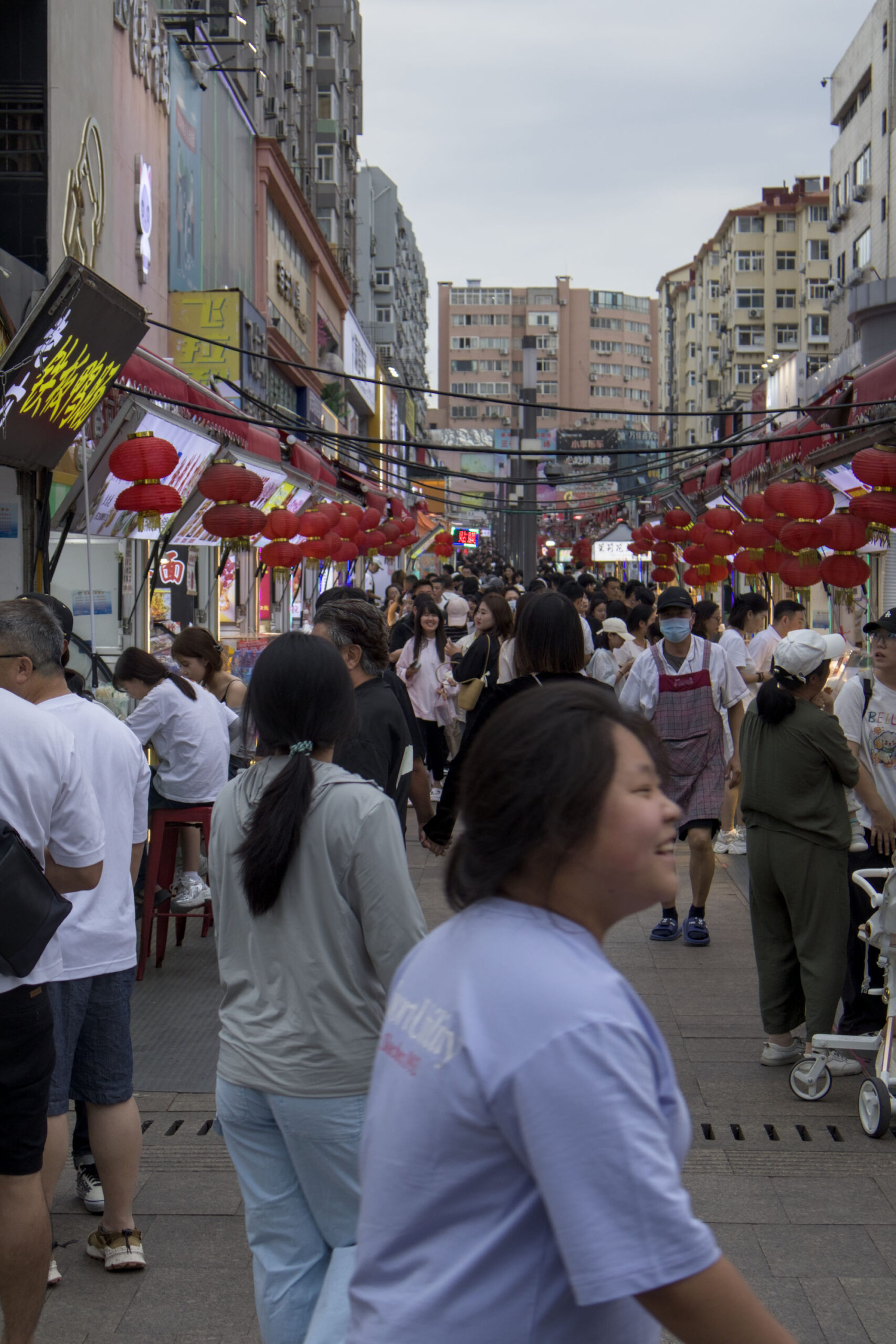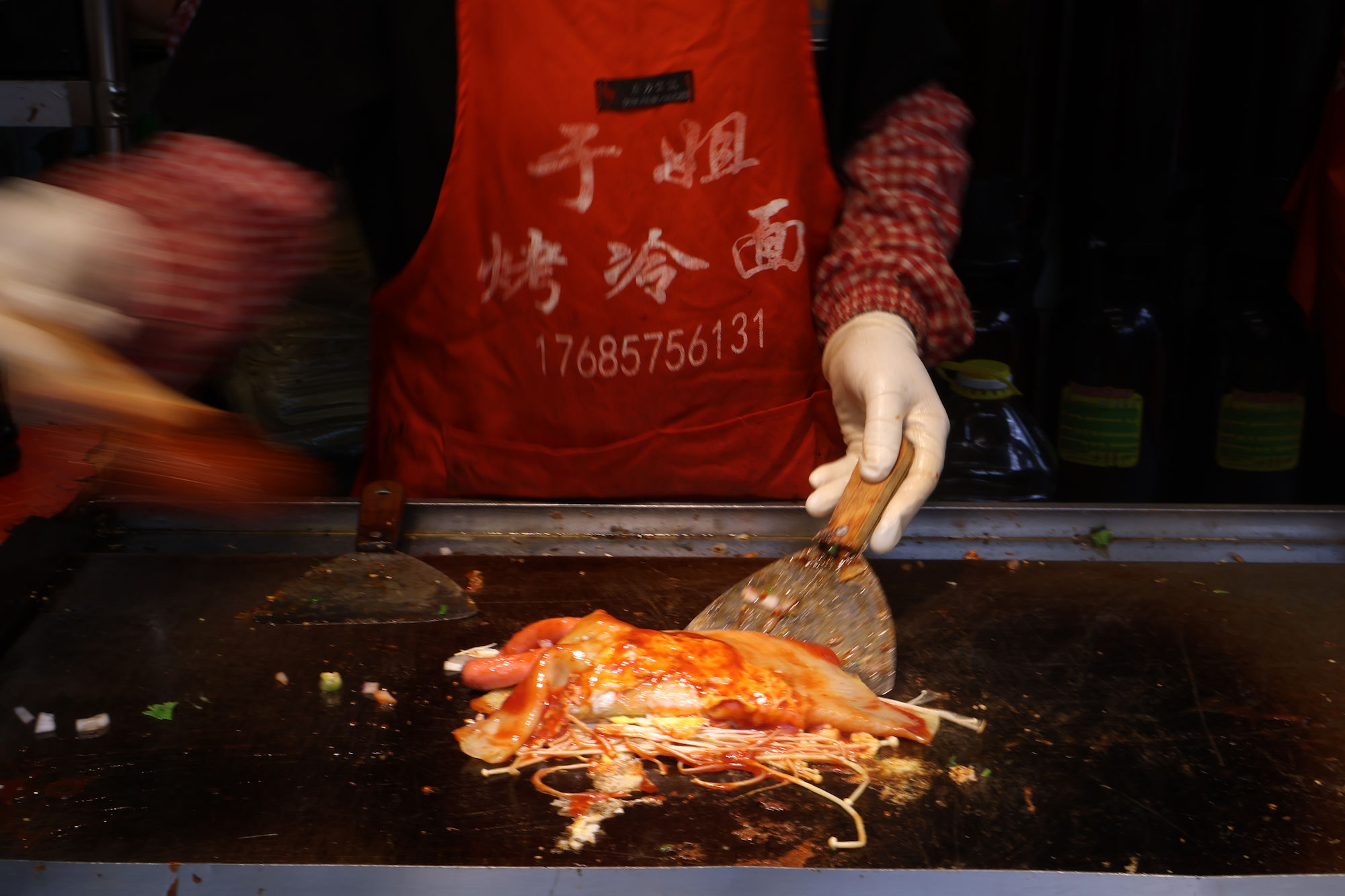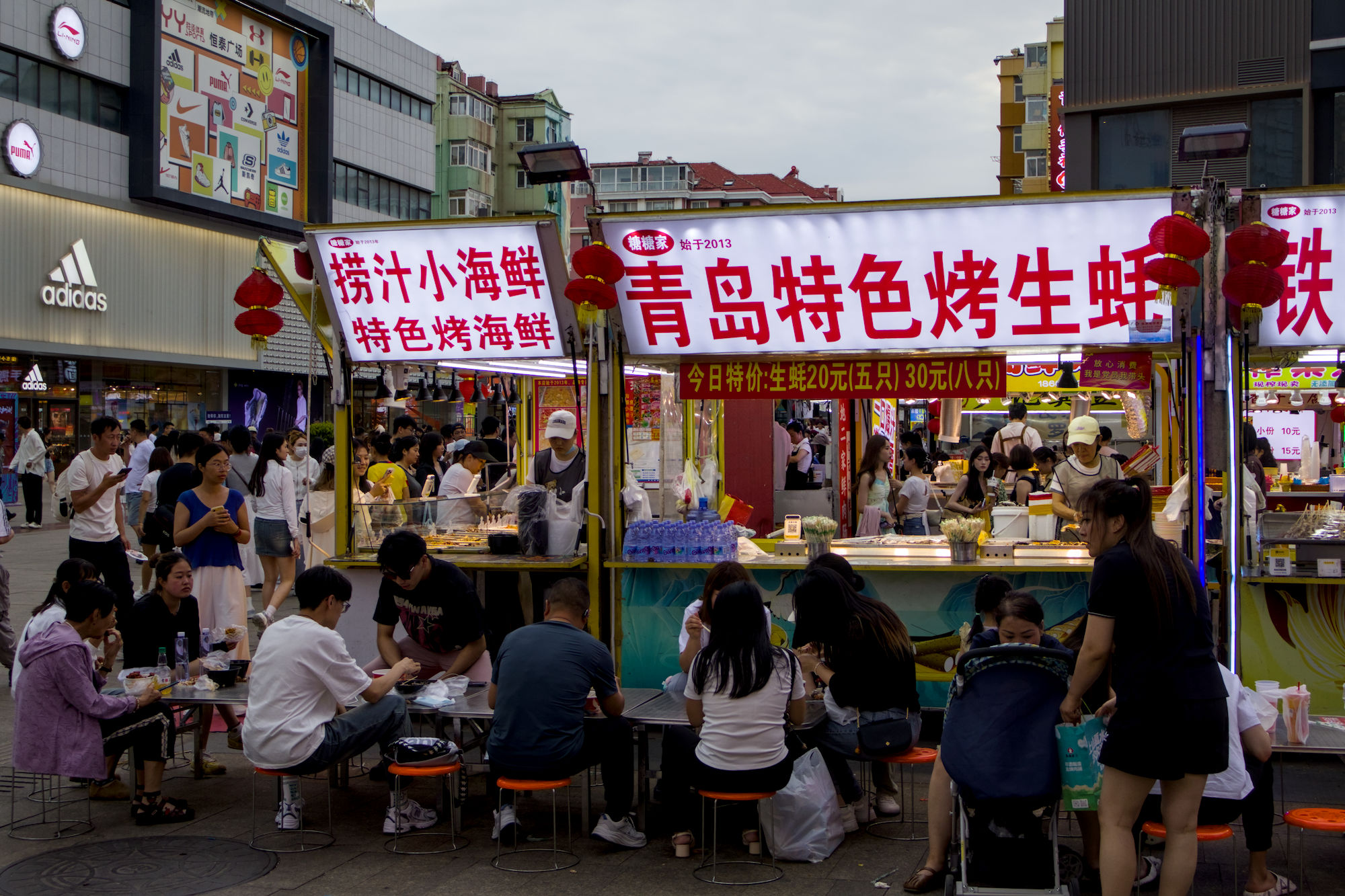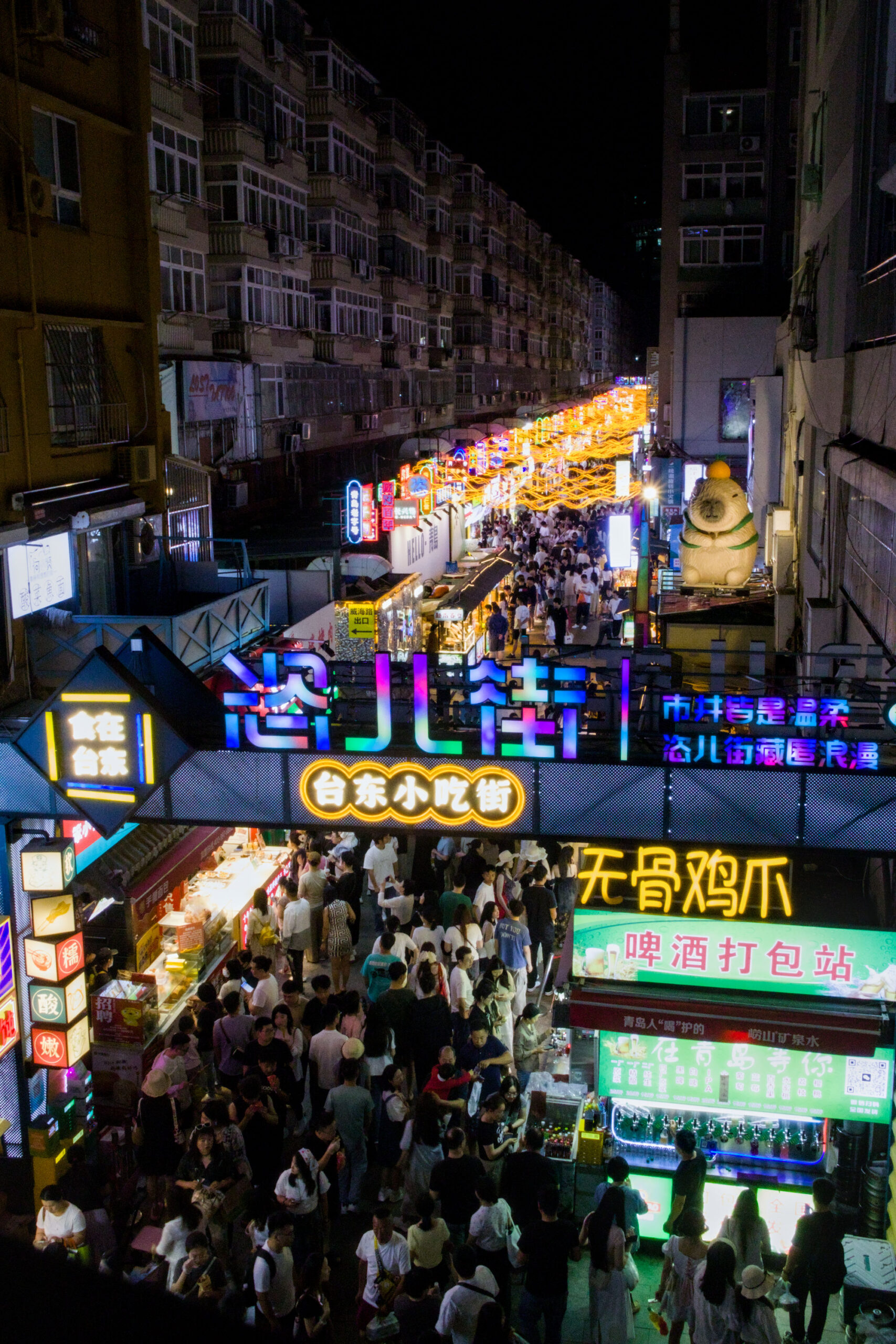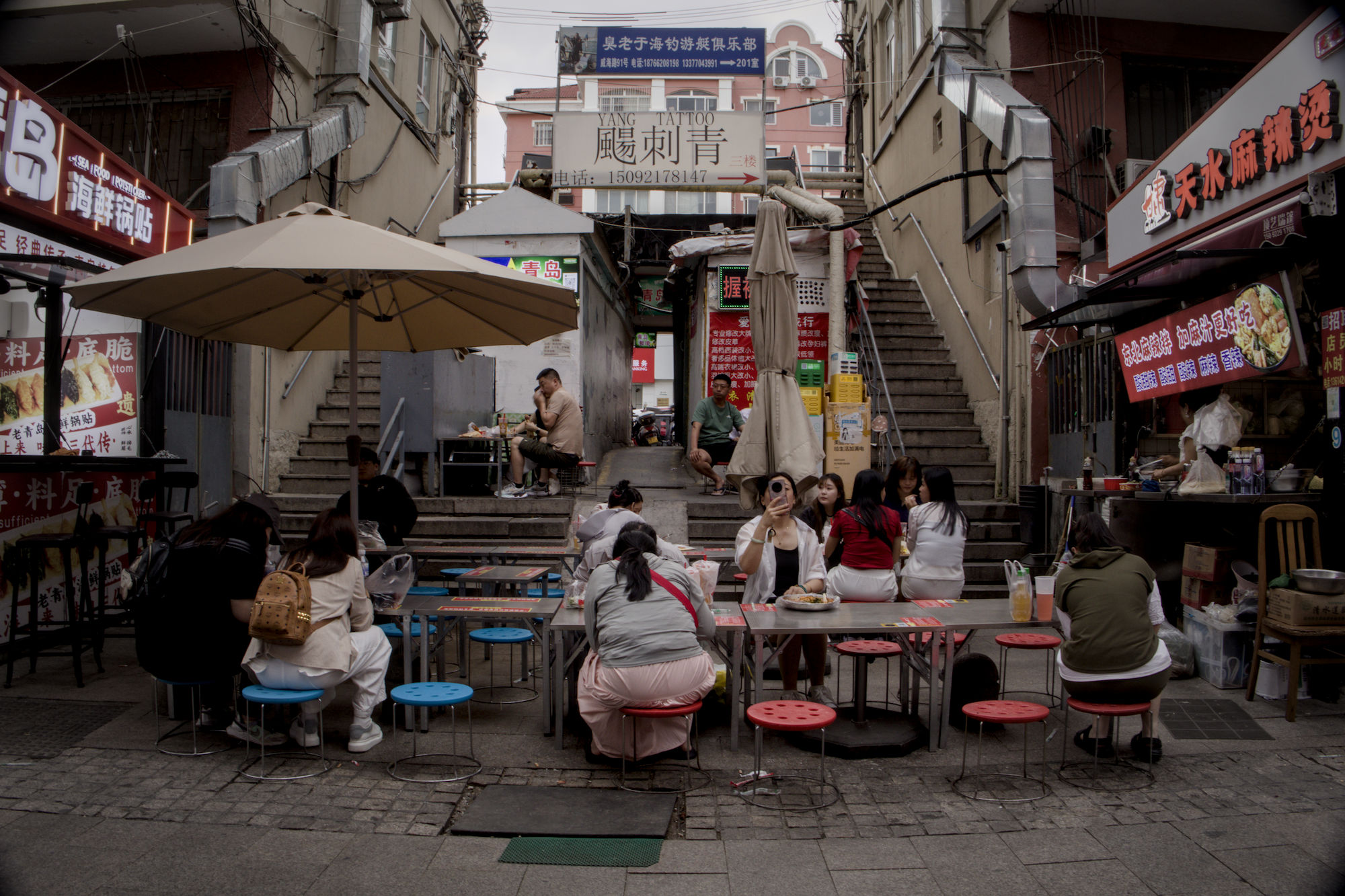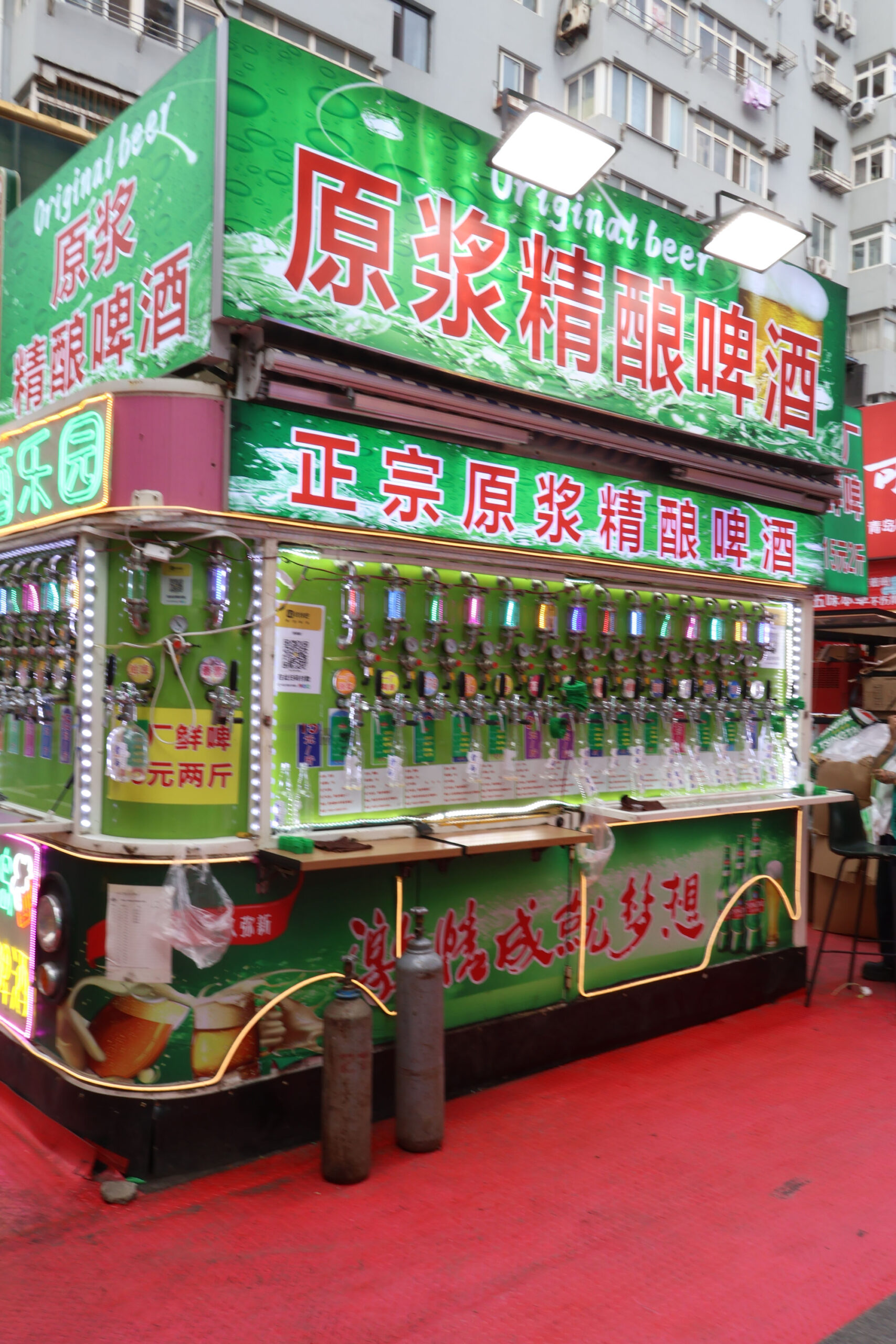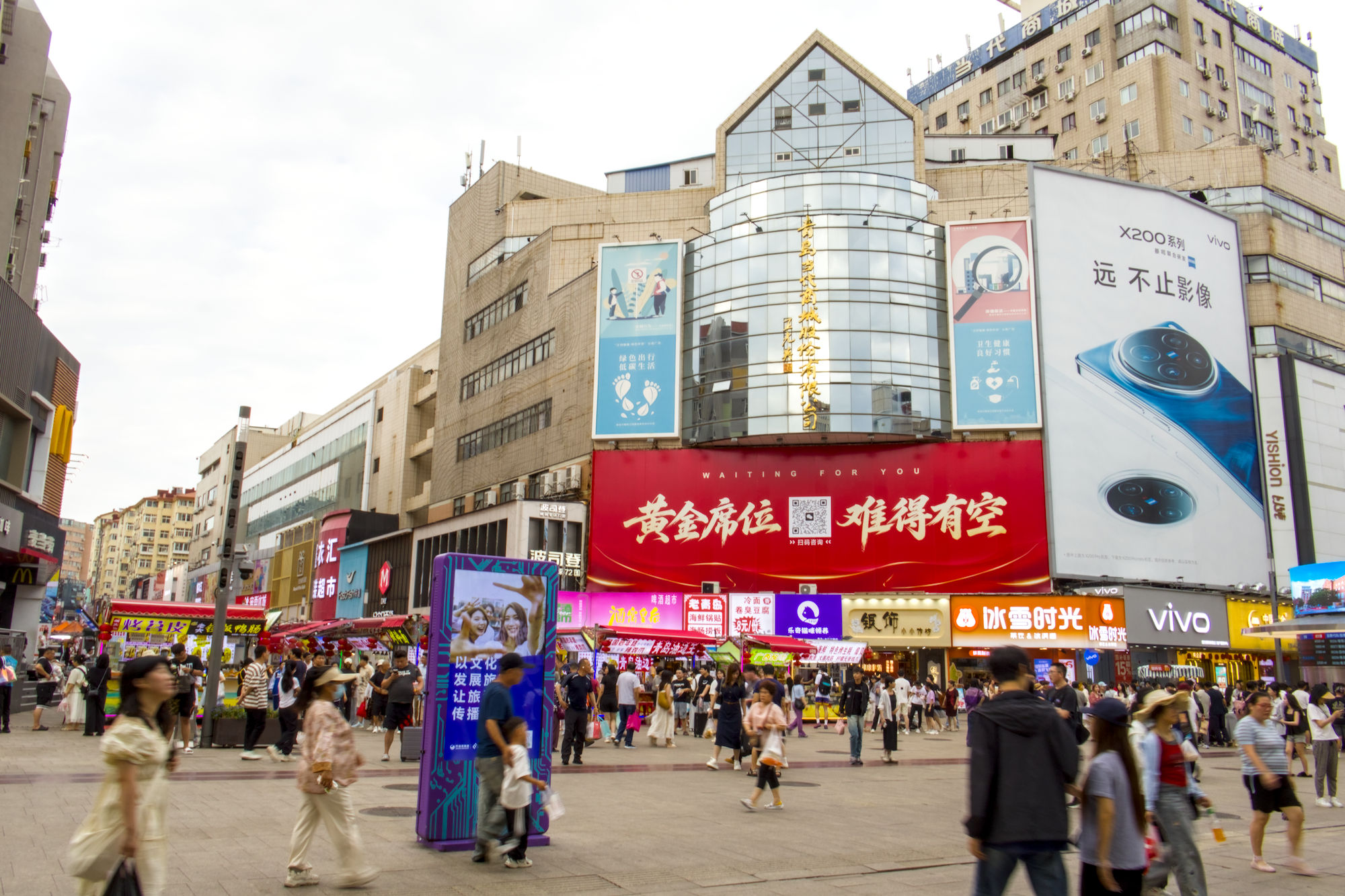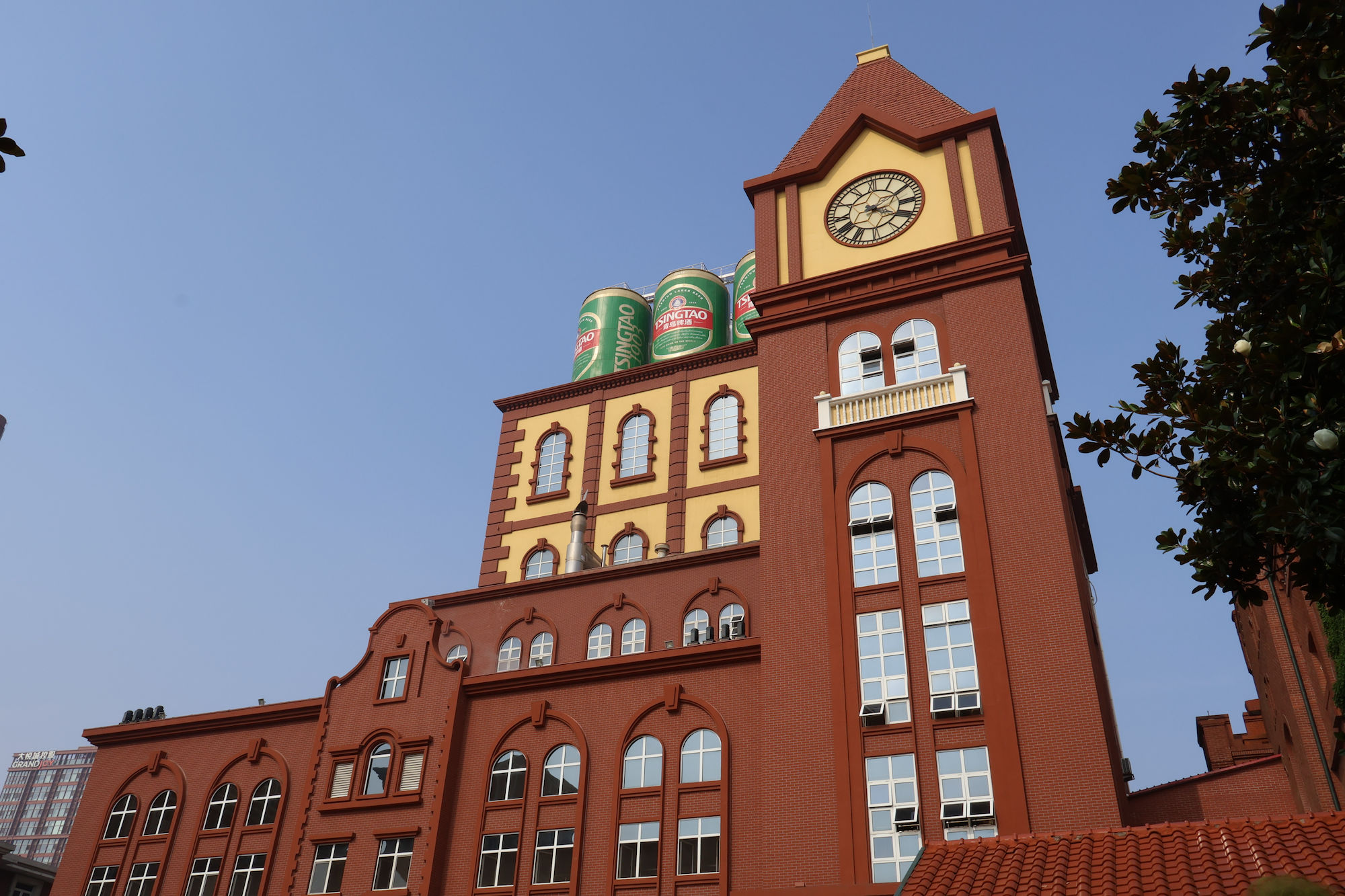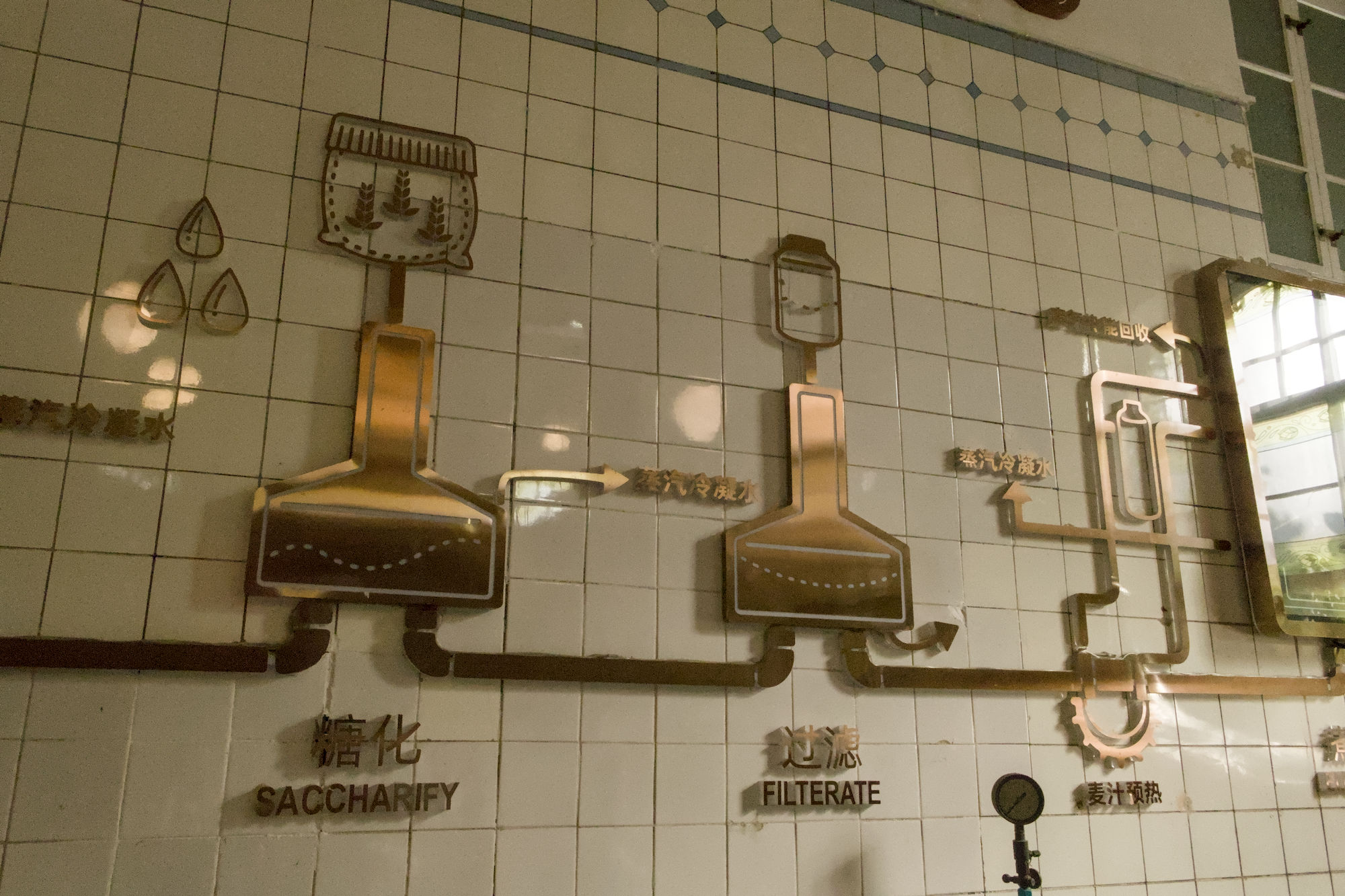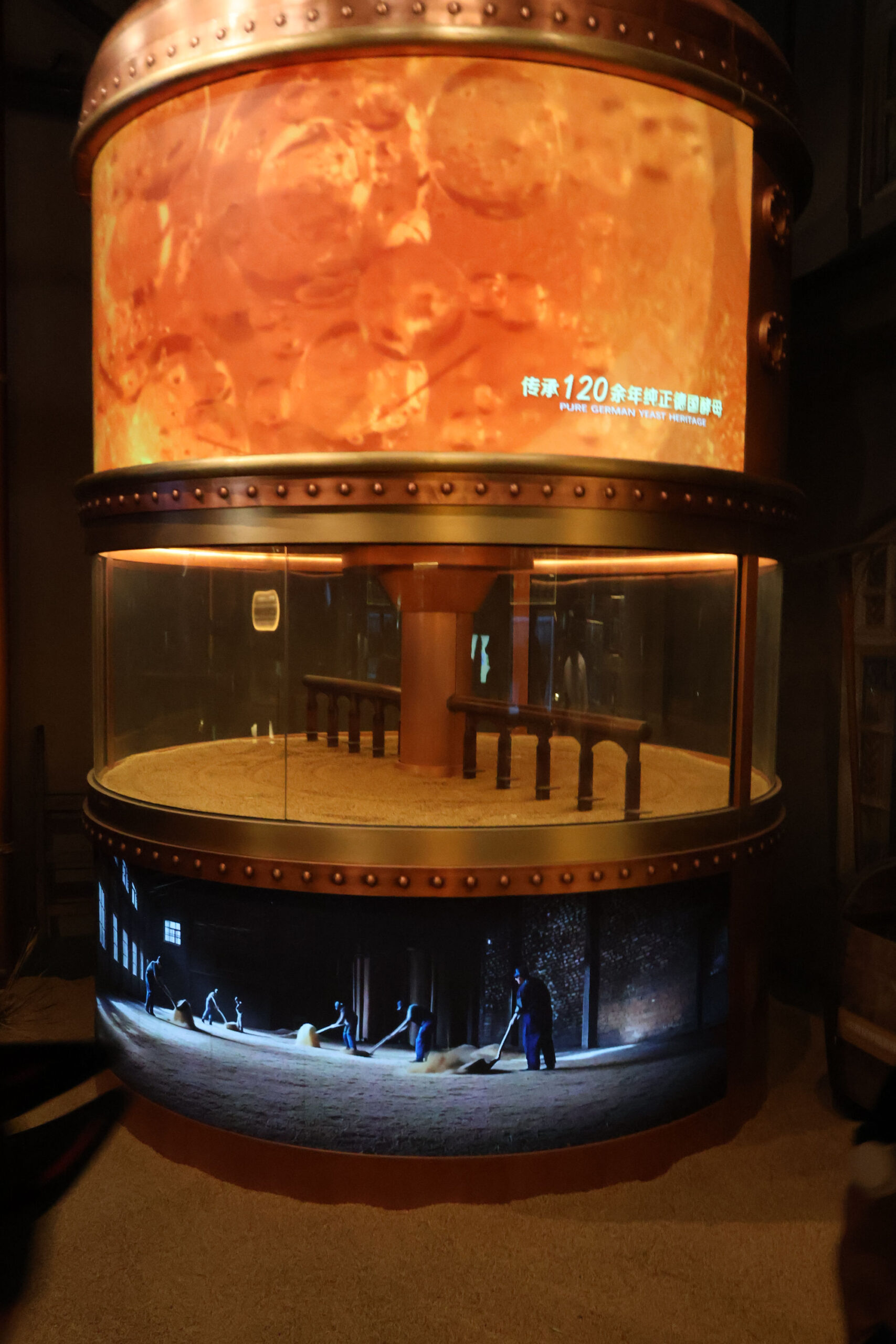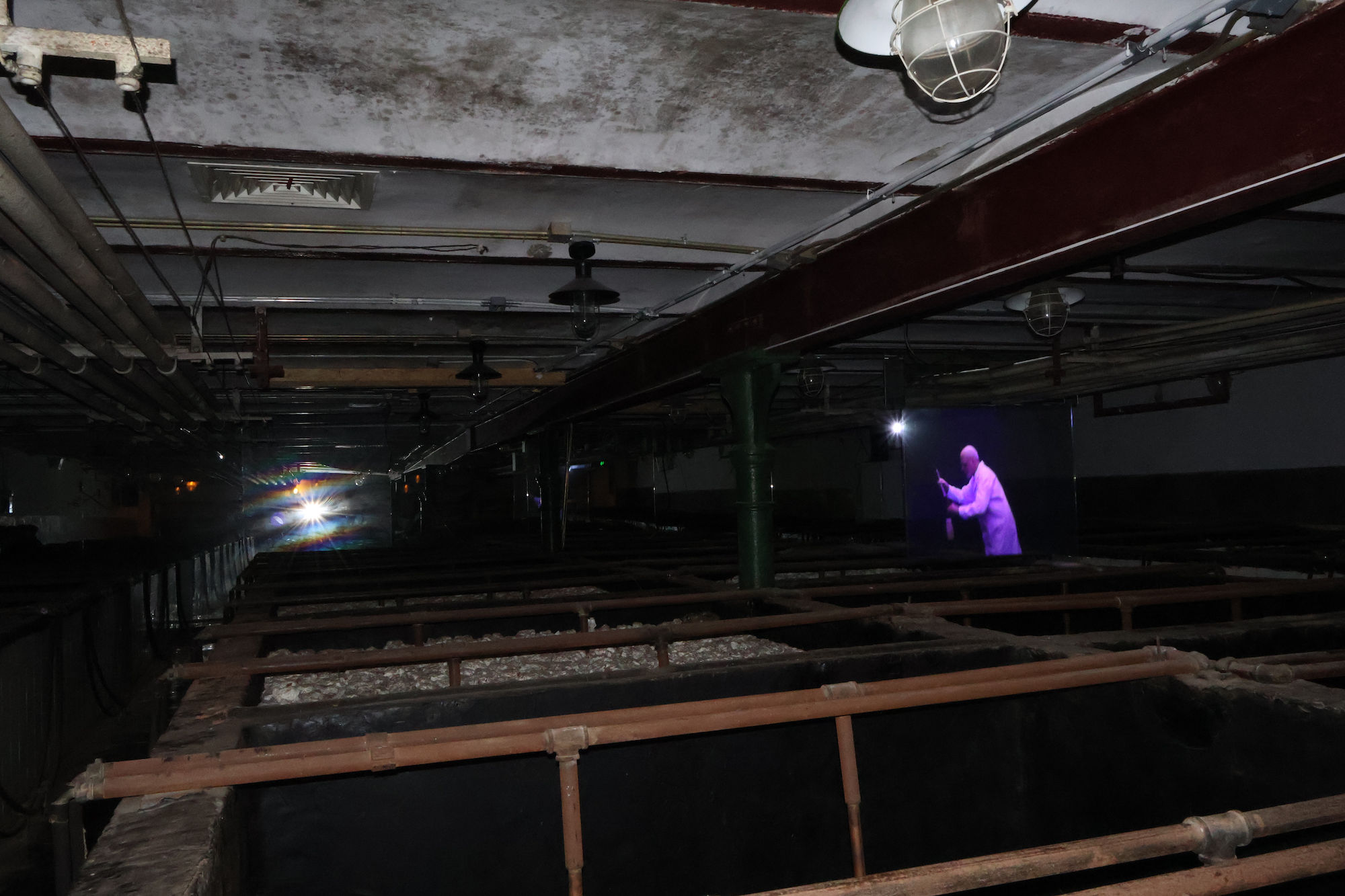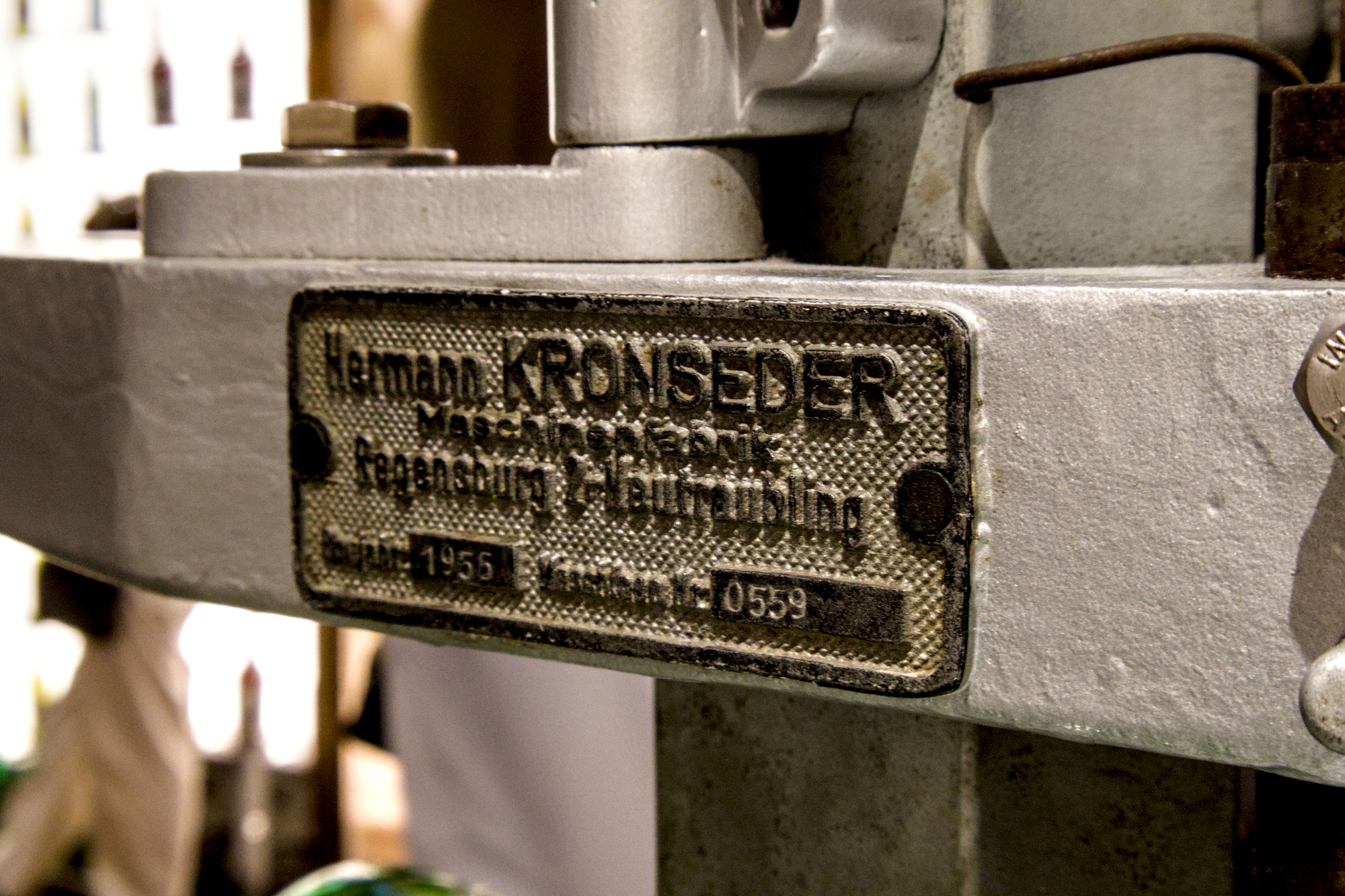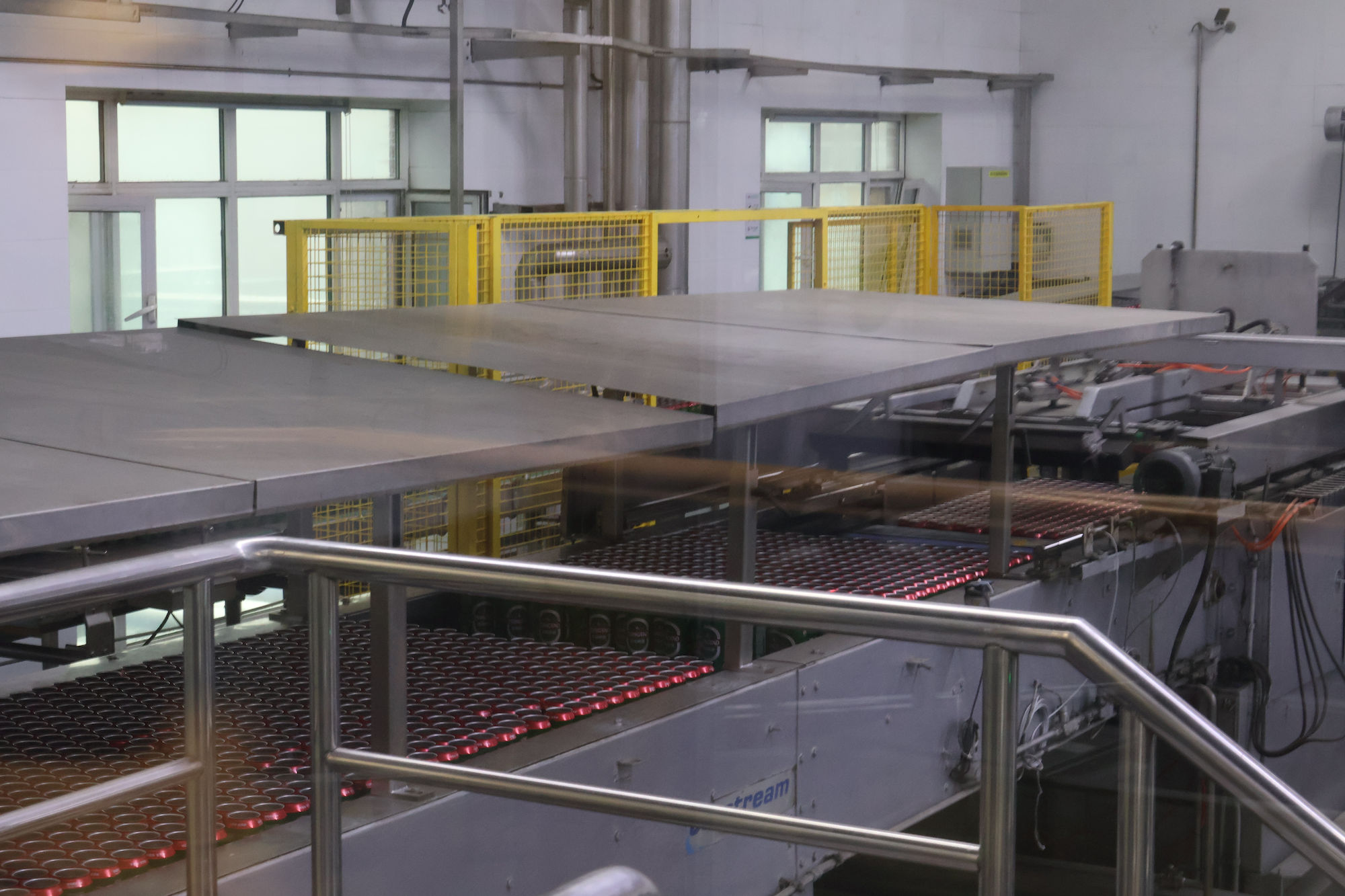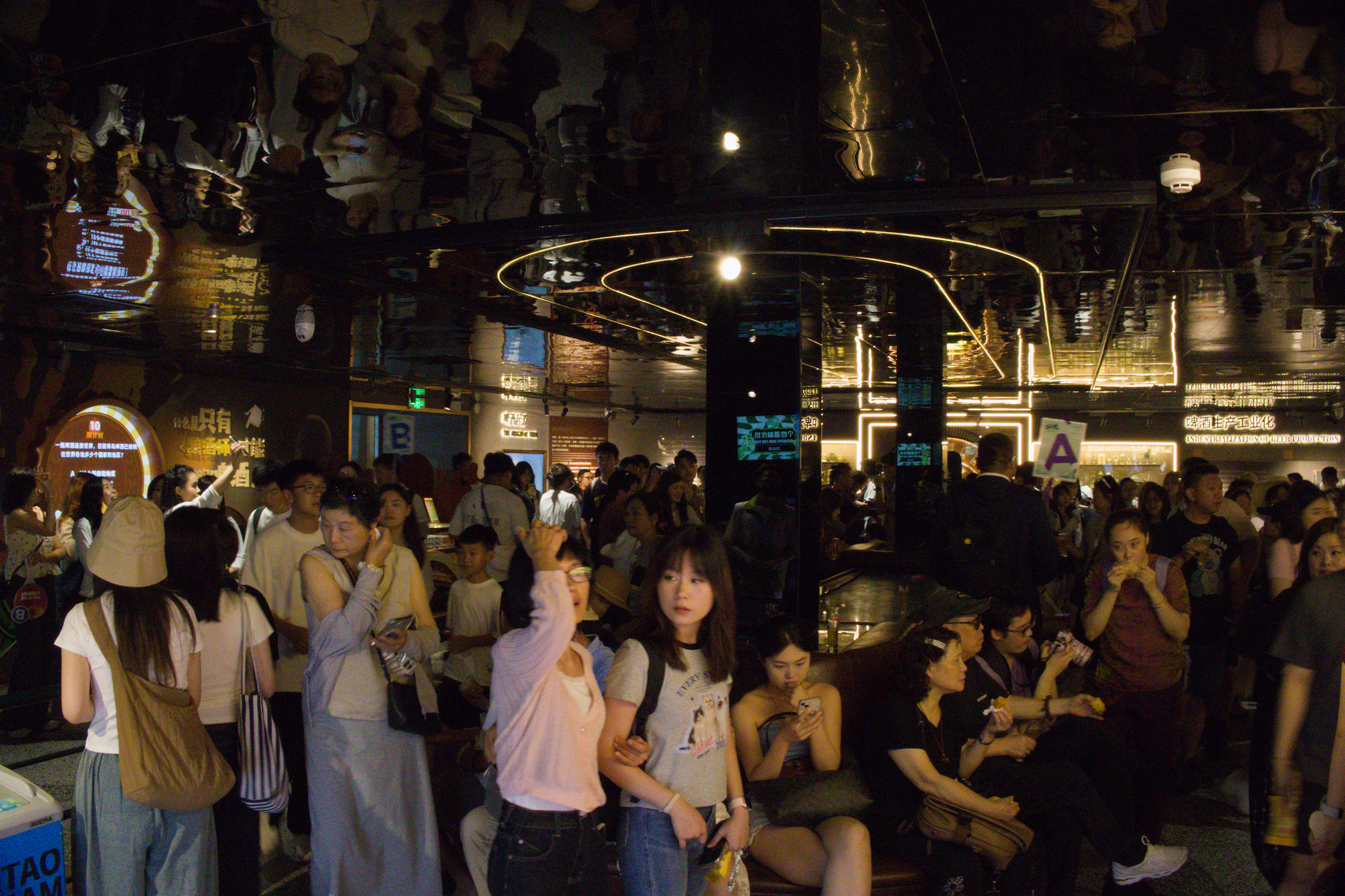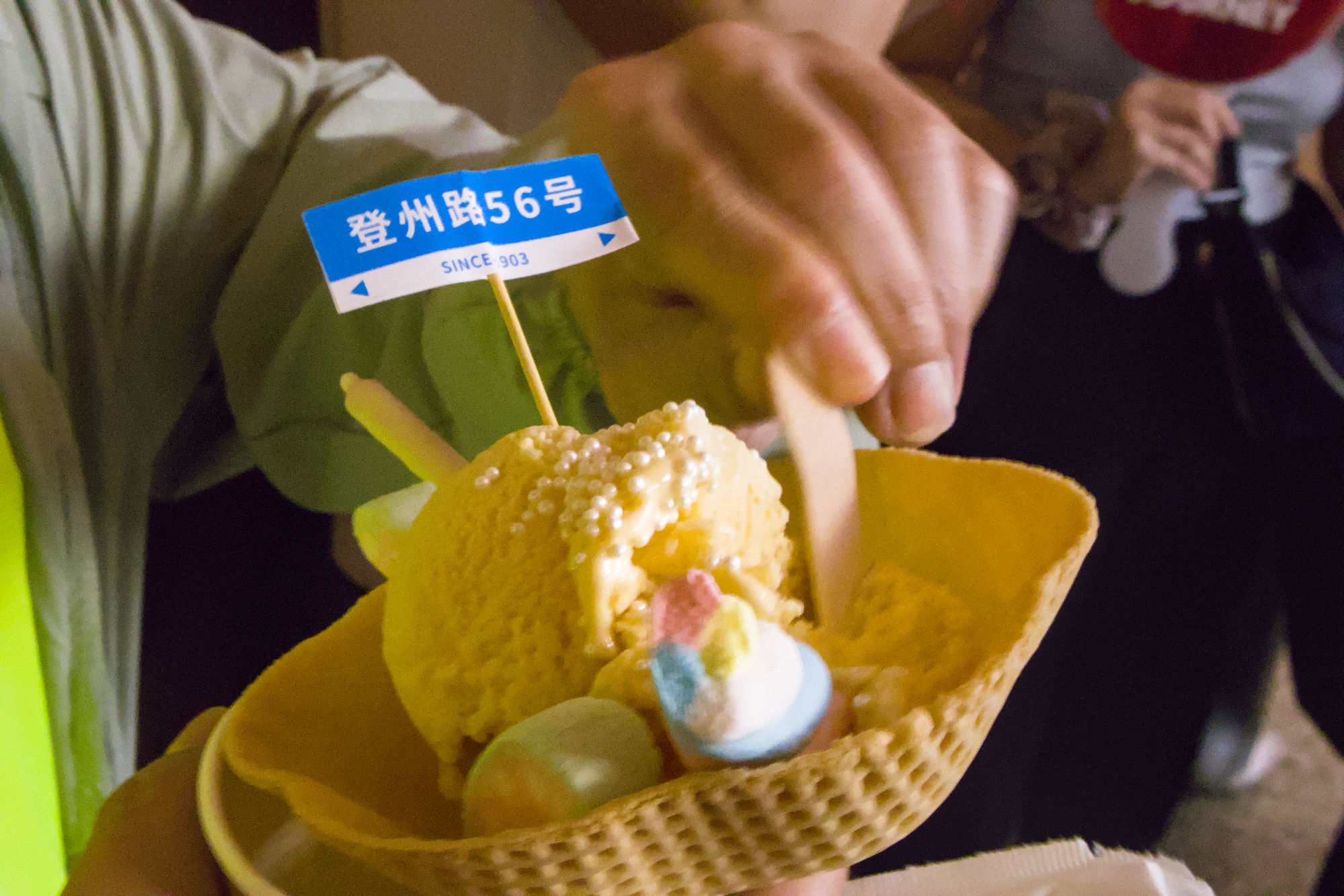
You may not know it, but if you drink, you’re already familiar with one of China‘s most fascinating cities.
Qingdao, or formerly Tsingtao (yes, the beer), is a port city to the southeast of Beijing.
Although it isn’t the capital of its province Shandong (that honour goes to Jinan), it has more than enough to make up for it!
It boasts one of the world’s busiest ports, a string of prestigious companies and universities, the highest GDP in Shandong’s and worldwide name recognition (sorry, Jinan).

Not only that, its colonial heritage, picturesque coasts and beer-loving culture are huge draws for both domestic and international tourists, cementing its name as a coastal city retreat.
Let’s take a look at some of what makes Qingdao one of China’s great destinations:
Qingdao: A Brief History

Once a quiet fishing village, Qingdao was aptly chosen as of one of China’s first naval bases by the waning Qing Dynasty thanks to its proximity to Bohai Bay and Tianjin, both incredibly vital gateways to the capital Beijing.
Unfortunately, this attracted the attention of colonial powers Germany and Japan, who began a revolving door of land grabs and concessions in the 1880s that lasted all the way until the end of World War II in 1945.
Today, much of the city’s colonial buildings and classical European-style urban planning originates from the 16-year occupation by the German Empire.
Badaguan

Named after eight famous sections of the Great Wall of China, Badaguan or the “Eight Passes” is one of the main heritage districts of Qingdao.
Obscured by leafy avenues, dozens of opulent mansions and estates built by the colonial elite hug the southern coast of modern Qingdao in a marriage of stone and water not unlike the southern water towns of Jiangnan.




Among the many manors here, only a select few open their doors to visitors, charging them admission for the privilege. The three standout manors here are the Butterfly Manor, Princess Manor, Huashi Villa.
Princess Villa

Beginning from the central-eastern part of Badaguan, you have the Scandinavian-styled Princess Villa.
Its simple yet magical cabin-inspired design and memorable green-white palette instantly evokes the rustic charm of one of Copenhagen waterfront districts.
It shouldn’t surprise you then that it was actually commissioned by Danish royalty!
During a visit to Qingdao with his Princess Margaretha in the 1930s, Prince Axel of Denmark was so enamoured with the city that he commissioned Russian architect W.G. Yourieff to build what would become the Princess Villa.
Inside, you can find various exhibits relating to Danish royalty and fairytales alongside various photos of the royal family.
Princess Villa
Address: 10 Juyongguan Rd, Shinan District, Qingdao, Shandong, China, 266003
Ticket:
20 yuan/person
50 yuan for combo ticket to Princess Villa, Butterfly Villa and Spanish Folklore Pavilion
Butterfly Villa

Boasting a barnhouse-cottage look, the Butterfly Manor’s also features a dark wood and ivory plaster interior accented by a cozy red carpet.
A fitting style for a mansion that once hosted one of China’s earliest movie stars – Hu Die or Butterfly Wu.

Active throughout the 1920s to 1930s, Hu Die was the “Movie Queen” of her day and starred in some of China’s biggest movies.
The Butterfly Villa once served as her residence as well as the shooting location of her 1935 film Blossoms After Calamities (劫后桃花), a tale of beauty persevering amidst the turmoil of early-20th century Qingdao.
Accordingly, the mansion features exhibits filled with vintage photos, film equipment and movie posters related to Hu Die’s illustrious career, as well as some of her personal jewellery and belongings.
Butterfly Villa
Address: 山东省青岛市市南区山海关路21号
Open: 8:30am-5:30pm (last entry at 4:30pm)
Ticket:
20 yuan/person
50 yuan for combo ticket to Princess Villa, Butterfly Villa and Spanish Folklore Pavilion
Huashi Villa

Standing tall at the other southeastern edge of the district is another of Badaguan’s iconic manors – the Huashi Villa.
Built in 1930 for the Russian newspaper tycoon M.S. Lembich, it is clad in an austere Gothic stone facade that brings to mind some of the heavily fortified castles of Europe.



In fact, it is named after the granite (huagangyan) bricks and talc (huashi) embellishments used during its construction.
Meanwhile, within its three floors, the swanky interiors are full of Rococo and Baroque furnishings distinctly unique to 1930s China.
Make sure to stop by the top floor, where you can enjoy grand views of the nearby coast.



Huashi Villa
Address: 山东省青岛市市南区黄海路18号八大关风景区内(近正阳关路)
Open: 8:30am-5pm
Ticket: 8.5 yuan/person
Qingdao No. 2 Bathing Beach

Gilding the southern half of Badaguan is the huge swathe of sand called Qingdao No. 2 Bathing Beach.
True to its name, its clean sands and gentle waves are perfect for a little sunbathing or dipping, particularly during the summer and winter.
Just a few metres away are a few prestigious mansions which hosted Chinese leaders such as Mao Zedong and Chiang Kai-Shiek.
Fun fact: Celebrated leader and enthusiastic swimmer Mao Zedong once swam here!



How to Get Here
Take Line 3 on the Qingdao Metro to Zhongshan Station (中山公园) and head for Exit C. Then, take the second right outside the station and keep heading straight. It should take you about 15 mins on foot to reach Badaguan.
St. Michael’s Cathedral

Standing atop a massive hill in western Qingdao are the twin spires of St. Michael’s Cathedral.
Although planned during the 1910s under German rule in Qingdao, it was only completed in 1934 during its brief return to Chinese control.
Now, after surviving the Japanese occupation and the excesses of the Cultural Revolution, the cathedral stands proud as one of Qingdao’s most prominent symbols.
St. Michael’s is built in the classical Romanesque style which features semicircle arches supporting huge walls and towers.




Entering its interior, you’re immediately greeted by an awe-inspiring cavern of vaulted ceilings clad in ivory white and muted gold, giving it a cool and sacred atmosphere.
Keep an eye out for the lovely mural atop the central sanctuary as well as the massive organ suspended above the main doorway.

Malaysia is no slouch when it comes to churches too, as our list of Malaysia’s Ten Most Beautiful Churches proves!
St. Michael’s Cathedral
Open Daily
Mon – Sat: 8:30am – 6pm
Sun: 10am – 6pm
Ticket: 10 yuan/person
Address: 山东省青岛市市南区浙江路15号
How to Get Here
Take Line 1 or Line 3 on the Qingdao Metro to Qingdao Station (青岛站), then head northeast past the old Jiaoao German Police Station. It should take you about 15-20 mins to reach the church.
Zhanqiao Pier

Located just south of a surprisingly straightforward 15-minute walk is the picturesque naval heritage of Zhanqiao Pier.
A long but relatively simple pier, it was one of the first large naval facilities built way back during the Qing Dynasty.
Stretching out into the Yellow Sea, the pier terminates at an eye-catching pavilion called Huilan Pavilion, a restored octagonal pavilion originally built in 1931 that has become a symbol of Qingdao’s relationship with the sea.


These days, Zhanqiao is more known for sightseeing and jet ski rides than shipping.
If you’re looking for actual ships, you could also give the nearby PLA Navy Museum a try too.
How to Get Here
Take the No. 1 or No. 3 Qingdao Metro Lines to Qingdao Station. It’s a 10-minute walk to Zhanqiao Pier.
May Fourth Square

Consisting of a tower of circles stacked on top of one another to resemble a flame, the May Wind monument is the centerpiece of the massive May Fourth Square.
But why that particular date, you ask?
Well, May 4, 1919 is the day when students in Beijing rose up in protest against the decision of western powers to hand Qingdao over to the Japanese.
This movement marked the birth of mass protests and an awakening in Chinese nationalism and radicalism.
Thus, the May Wind monument and its location in modern Qingdao symbolizes China’s past struggles with colonialism and its modern prosperity, not unlike Malaysia and our WW2 monuments.






Besides the central monument, the surrounding promenade provides some relaxing seaside views along with a street selling various knickknacks.
Although visiting by day is a perfectly valid option, it is highly recommended to visit at night to watch the surrounding towers of steel and concrete come alive with a bedazzling lightshow from around 7-10pm.
How to Get Here
Take the Qingdao Metro Line No. 2 or 3 to May Fourth Square. It’s about a 15-minute walk to the May Wind monument.
Taidong Pedestrian Street

Part food street, part shopping mall and part bazaar, everything under heaven can be bought in Taidong.
Starting from the central thoroughfare, you have glitzy malls with high street fashion and big-name brands catering to tourists.


Here, you’ll find the world-famous Beer Exchange, which jacks up or lowers prices of various beers by 10% depending on demand.
Come sundown, scores of beer-loving folk down original, pure or fruit-flavoured beer non-stop, hoping to grab a deal or jack up their favourite flavour out of pride.
But beer goes best with a bellyful of foods and snacks, tons of which you’ll find in the sprawling food streets that stretch outwards from the central street.








Whether it’s classic Qingdao dumplings, fresh seafood hotpot or even some piping hot French pastries, chances are nil you’ll leave this street of streets hungry.
Of course, there’s also tons of shopping to be had from blind box toys to sportswear and more! Though personally speaking, the pop culture offerings here pale in comparison to Japan’s Akihabara district.
How to Get Here
Ride the Qingdao Metro No 1. or No 2. line to Taidong Station. Take the northeast exit through the Liqun Shopping Mall (利群商厦) and head up to ground floor to reach the central street.
Tsingtao Beer Museum

As previously mentioned, Qingdao is synonymous with beer.
But how did a beer brand manage to become the second largest brewer in a country more accustomed to hard spirits like baijiu?
Well, like most things in Qingdao, it all started when the Germans came knocking.
Using one of Shandong’s many spring water sources from the nearby Mount Laoshan, the Anglo-German Brewery Company established the Germania Brewery in 1903, selling their first pilsner lager over New Year’s Eve.
Since then, the brewery has changed many names and gone through just as many hands. All the while, the brewery has kept on churning, steadily gaining legions of both local and international fans under its modern name – Tsingtao Brewery.






Today, the original brewery can be visited as an in-depth exploration into the beer brewing process.
Distillation, brewing, bottling and packaging – all the hard work that goes into millions of Tsingtao’s signature emerald bottles is explored through beautiful old-school machinery and a walkway experience through a sleek, modern-day bottling facility.
English-speakers need not worry, as most of the exhibits are thankfully translated so you can learn alongside the locals.


After soaking up some knowledge, make sure to soak some up of that beery goodness through the sampling stations scattered about the museum. For the adventurous among you, don’t forget to try the buttery beer-flavoured ice cream!
Beer isn’t the only alcohol in town, take a shot of these 12 Must-Try Alcohol From Around the World!
How to Get Here
Take the Qingdao Metro No. 2 Line to Lijin Road Station (利津路). Then head southeast on Ninghai Road for about 15 minutes to reach the Museum.
Tsingtao Beer Museum
Address: 青岛市市北区登州路56号
Opens: 8am – 6pm (varies by season)
Tickets: 60 yuan/person
Former German Governor’s Residence

Rising out of the green folds of Xinhao Hill (Signal Hill) is the Former German Governor’s Residence, a palatial estate that dwarfs even the most ambitious mansion in Badaguan.
And it had to be, considering the people who called it home.
Completed in 1905, it first served as the home of the Governor-General of the German Empire of Qingdao. It would go on to host dozens of bigwigs and foreign dignitaries up to the Mao era, including the Chairman himself!
Spearheaded by architect Werner Lachalowicz, the residence is built in the Jugendstil style, the German incarnation of the experimental Art Noveau movement that’s more commonly found in places like Vienna.
The result is a highly unorthodox structure, with asymmetrical roofs clad in a mishmash of stone, brick and wood – almost like a castle, cottage and townhouse all blended into one.
The interior also spares no expense in catering to the needs of its well-heeled residents , coming fully equipped with halls, rooms and quarters that boast tall, airy ceilings accented by a warm wooden flair.
Today, it hosts a museum that displays many of the original furnishings and artifacts in a restored setting.
How to Get Here
Take the Qingdao Metro No. 4 Line to Xinghao Hill Station. The residence is a 15-minute walk from the station
Former German Governor’s Residence
Address: 山东省青岛市市南区龙山路26号
Open: Tue – Sun (9am-6pm)

If you’re still yearning for more after Qingdao, how about exploring the wider province of Shandong and its hills and springs? For those who can’t stand the sea, perhaps the pandas and spicy cuisine of Chengdu will be more to your liking.
Regardless of where you go though, don’t forget to download some essential China apps on your phone before you fly!
Links
Youtube – 【台灣人在大陸】青島旅遊必到 八大關 蝴蝶樓 公主樓 第二海水浴場 上集 紅瓦綠樹藍海 超美
https://www.youtube.com/watch?v=TyOzpP6TZiU
Sohu – Butterfly Manor Article
https://www.sohu.com/a/539228524_397390
The Art Story – Jugendstil
https://www.theartstory.org/movement/jugendstil/
DBS Treasures – Tsingtao Brewery
https://www.dbs.com.sg/treasures/aics/templatedata/article/equity/data/en/DBSV/012014/168_HK.xml
The China Project – The birth of China’s most famous beer
https://thechinaproject.com/2021/12/22/the-birth-of-chinas-most-famous-beer/

